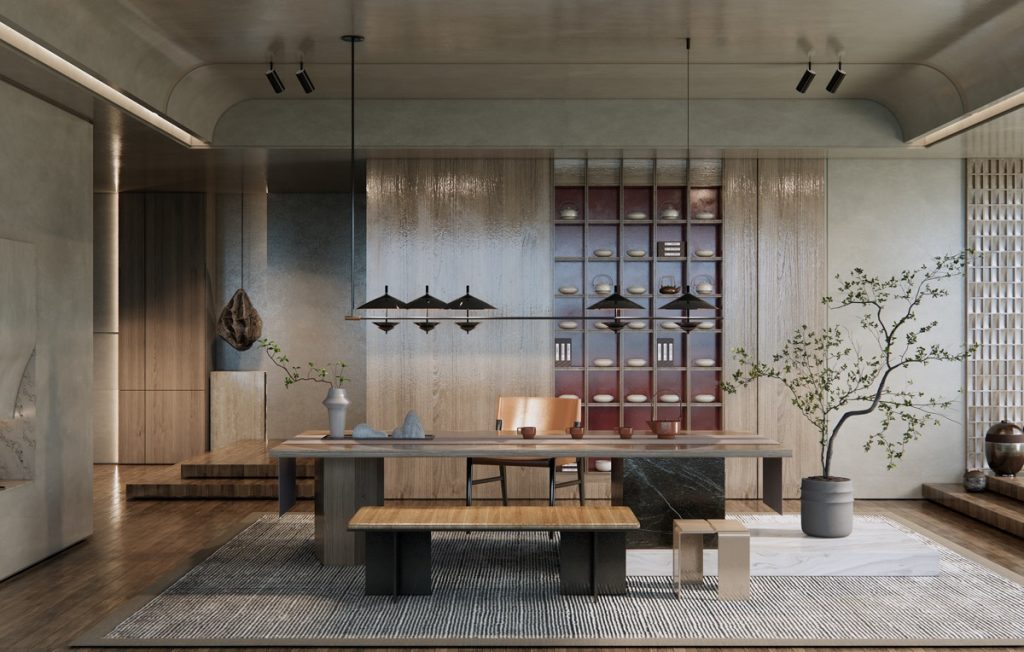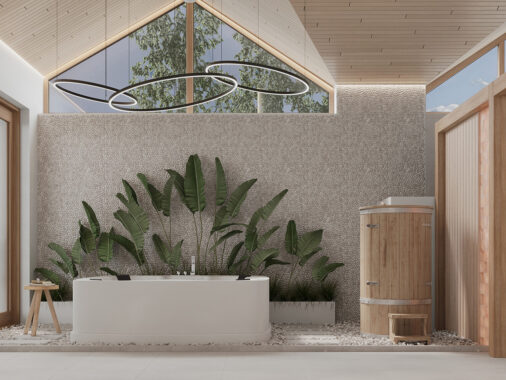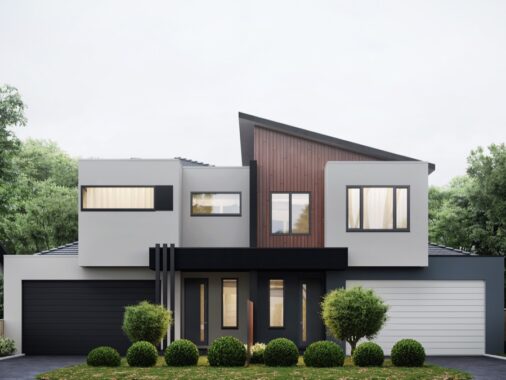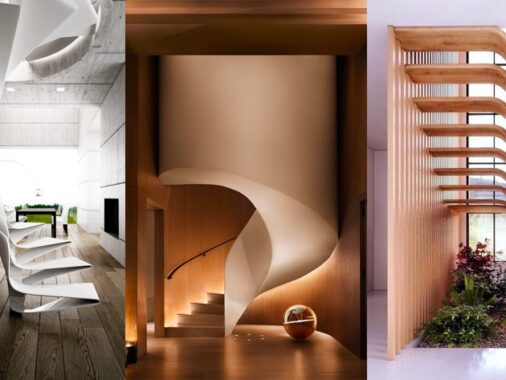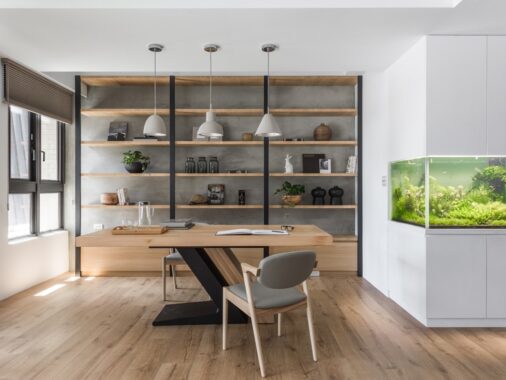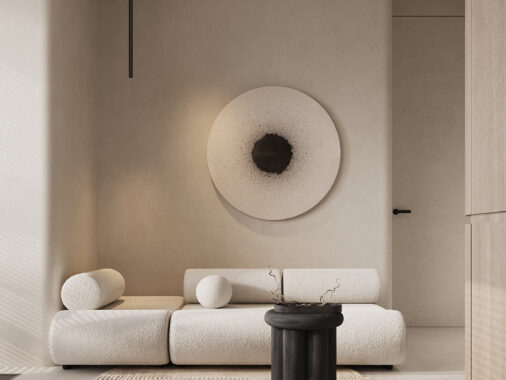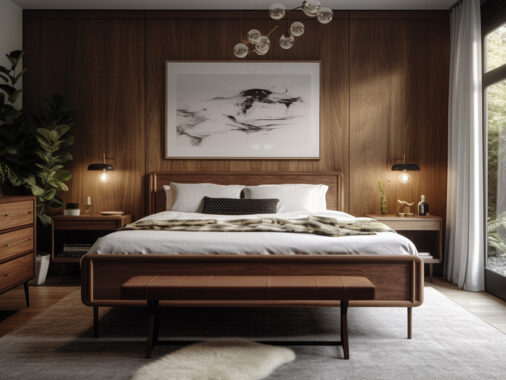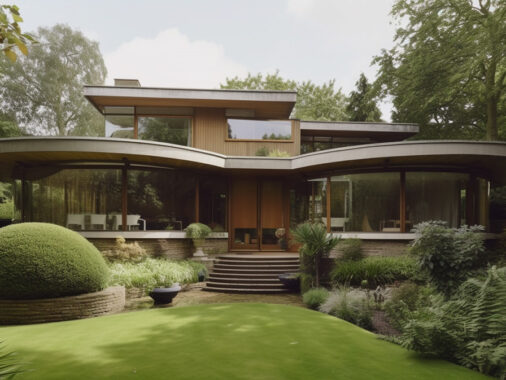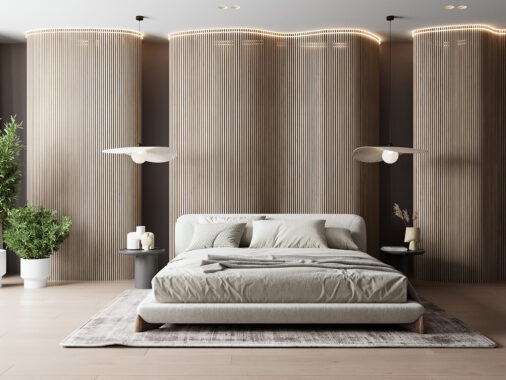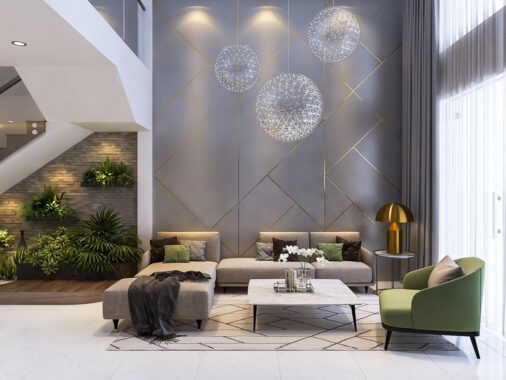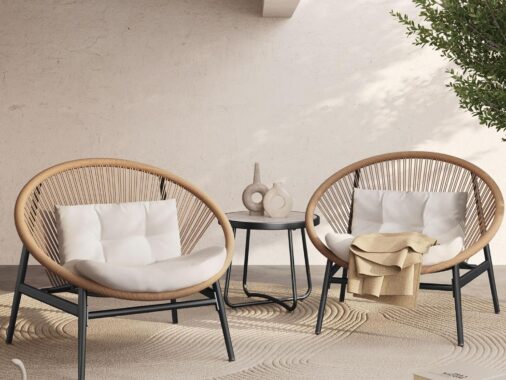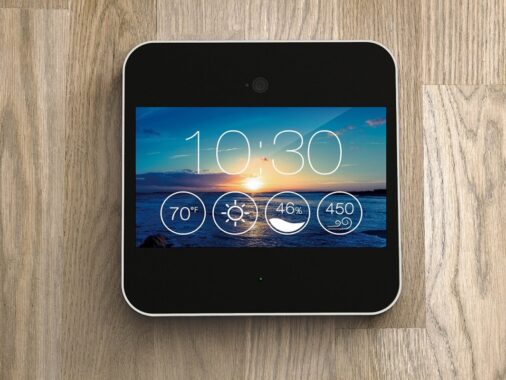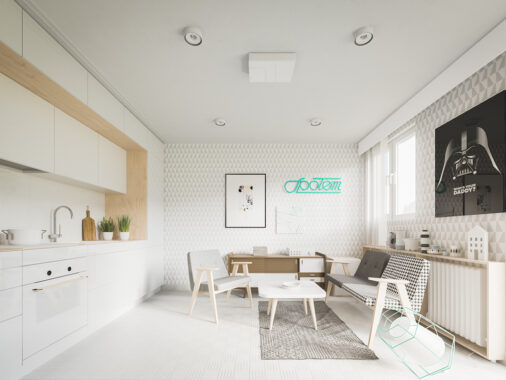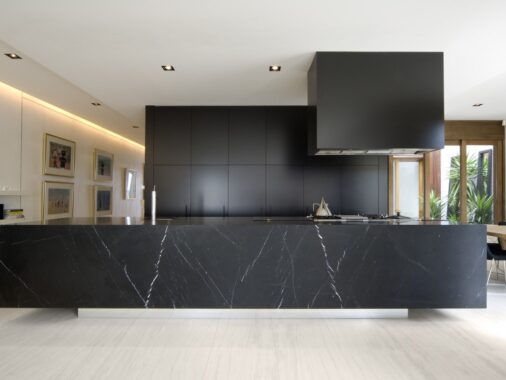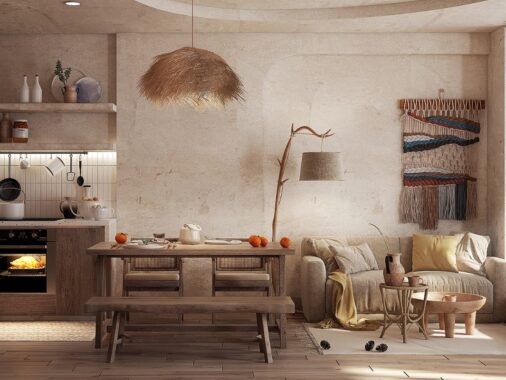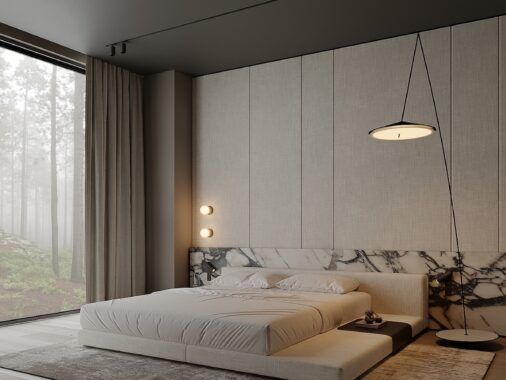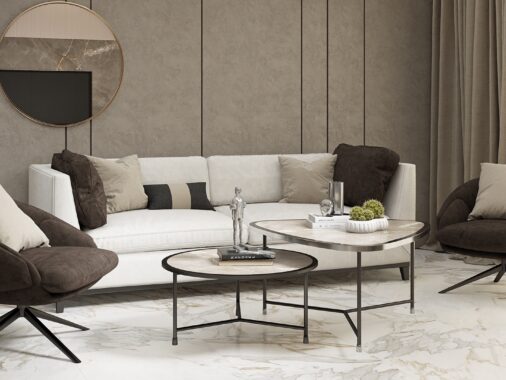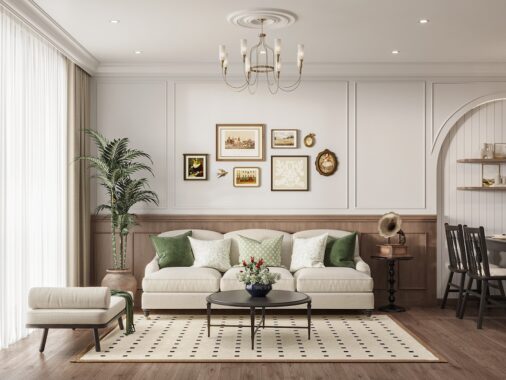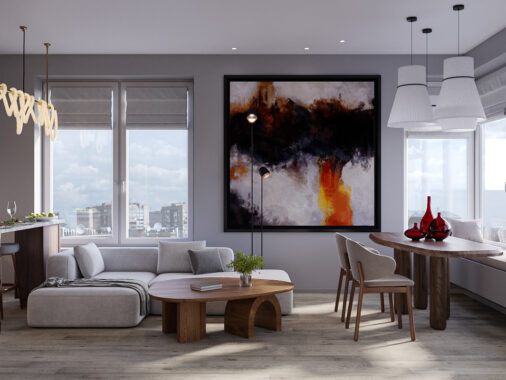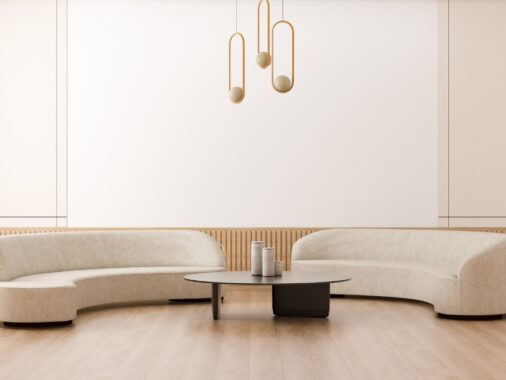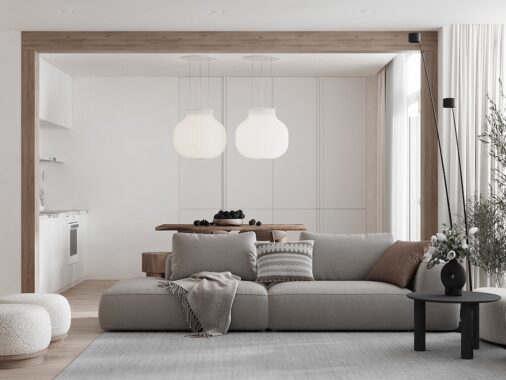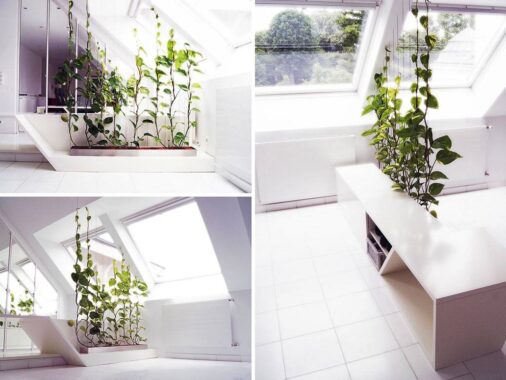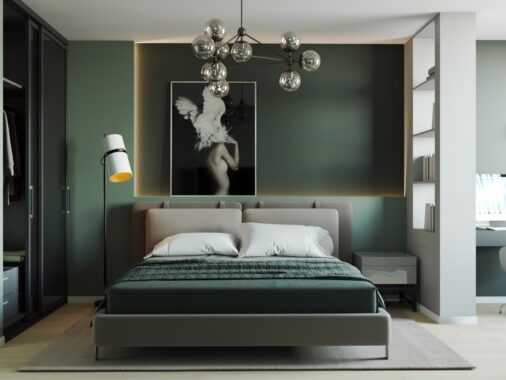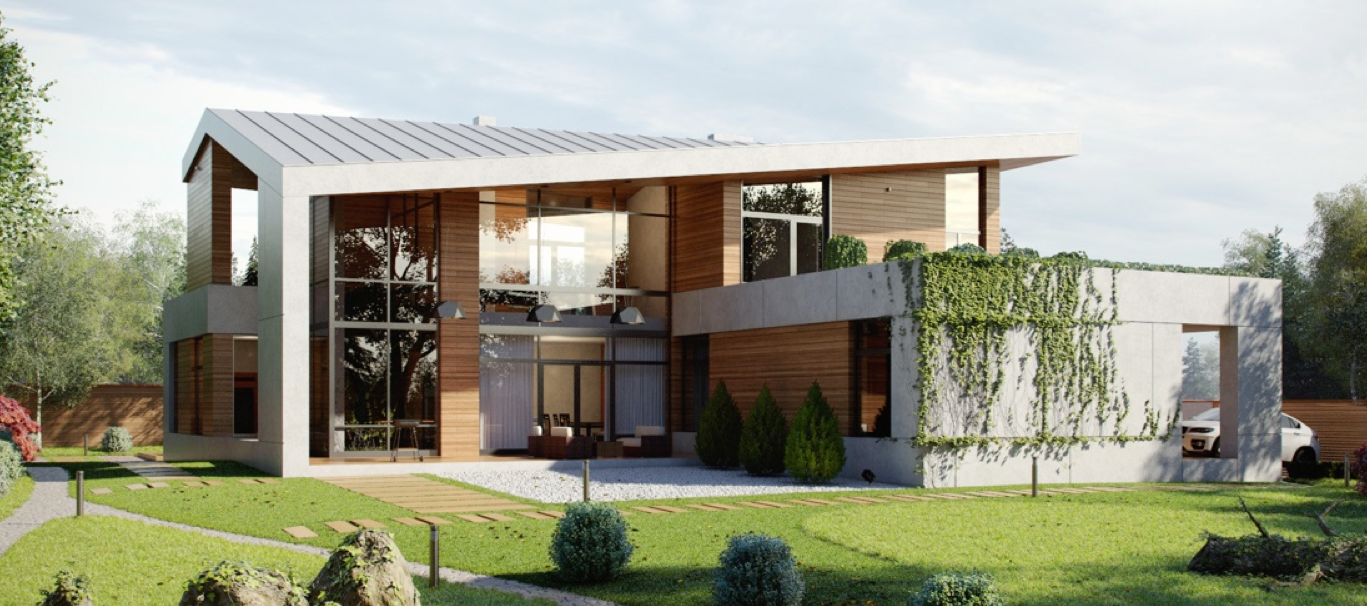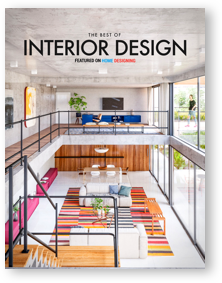The inextricable tea drinking culture of East Asia is well known, where tea is far more than just a pleasant beverage. Not only is tea enjoyed personally and at social events, in small tea parties and public tea houses, but many cultures have created intricate formal ceremonies around the act of tea preparation and serving. Whilst East Asian tea ceremonies differ between countries, the ritualistic nature of the drink is agreed upon. This enjoyable daily observance has inspired the inclusion of personal tea rooms inside of modern homes, which are what we are exploring here today. From traditional Asian tea tables and tatami mats to contemporary interpretations of the theme, we’ll discover how to elevate tea at home.
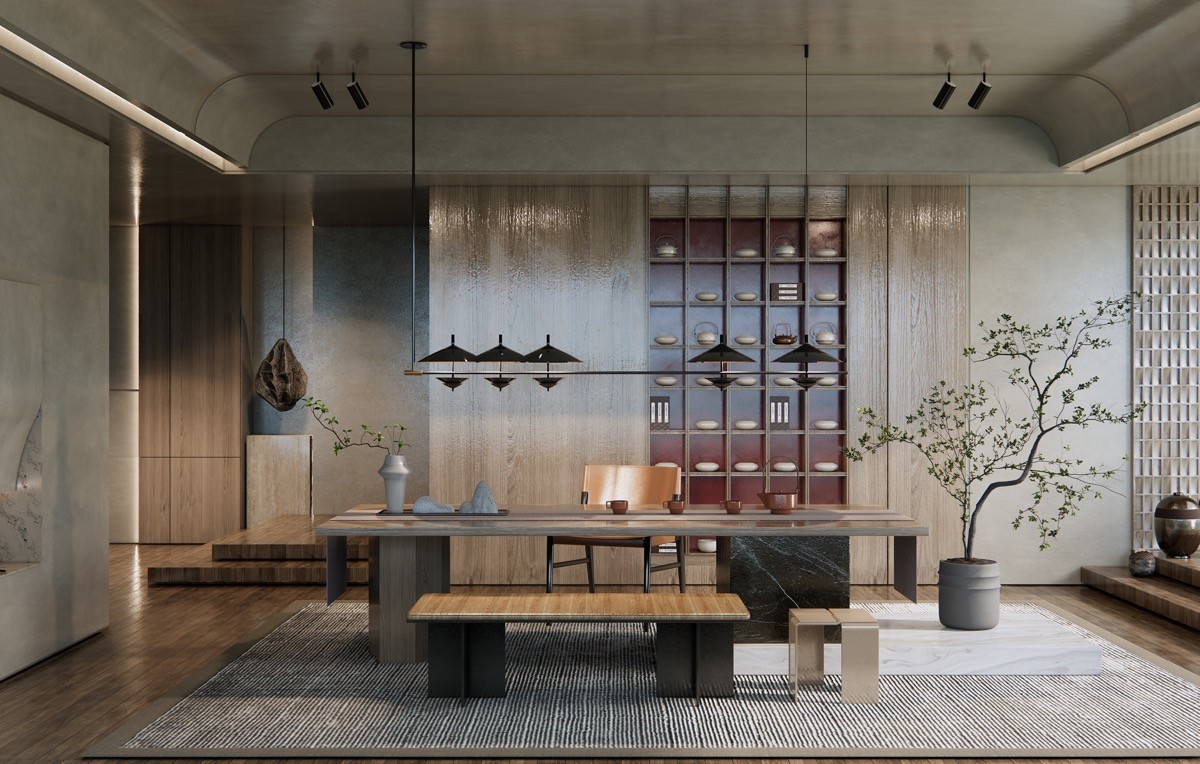
Colour a space that’s steeped with tradition. Deep red, natural wood, and black accents will bring a sense of the past even to modern interiors that deliver a contemporary twist on the tea room aesthetic. Add elegant indoor plants and small trees to invigorate the rich backdrop.
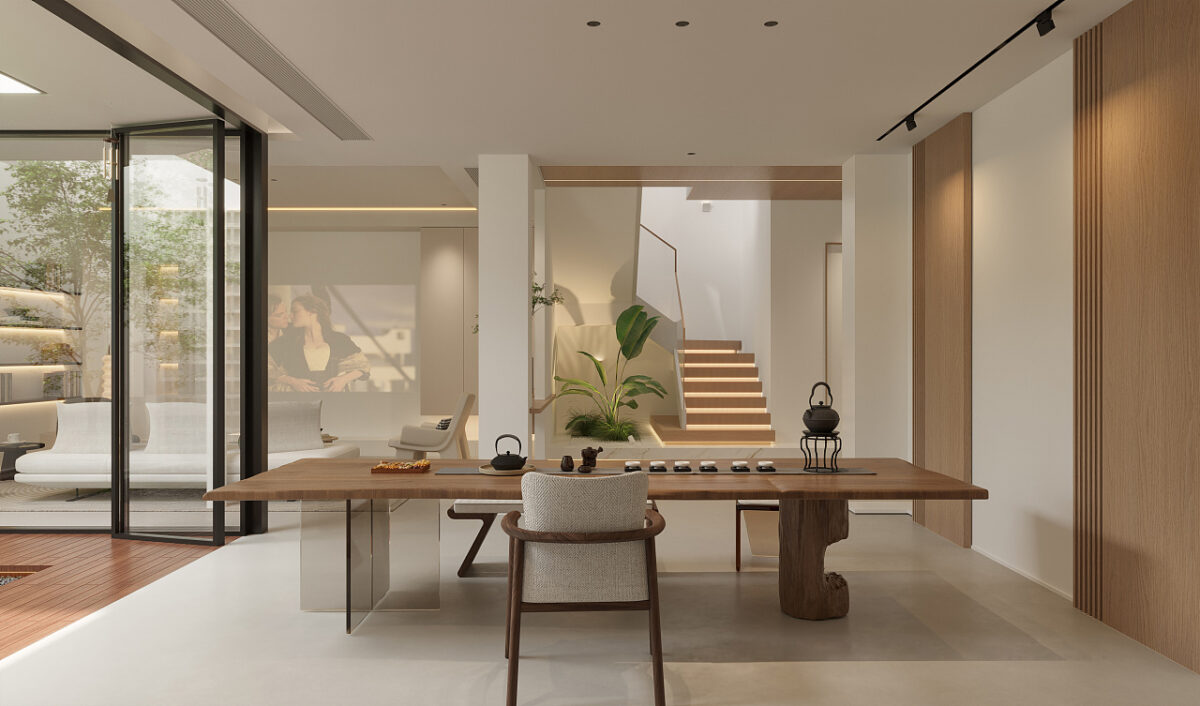
Light up tea parties with an LED powered lighting scheme that instils a sense of warm modernity. This tea room benefits from a view of the projector screen that’s mounted in an attached open plan living room too.
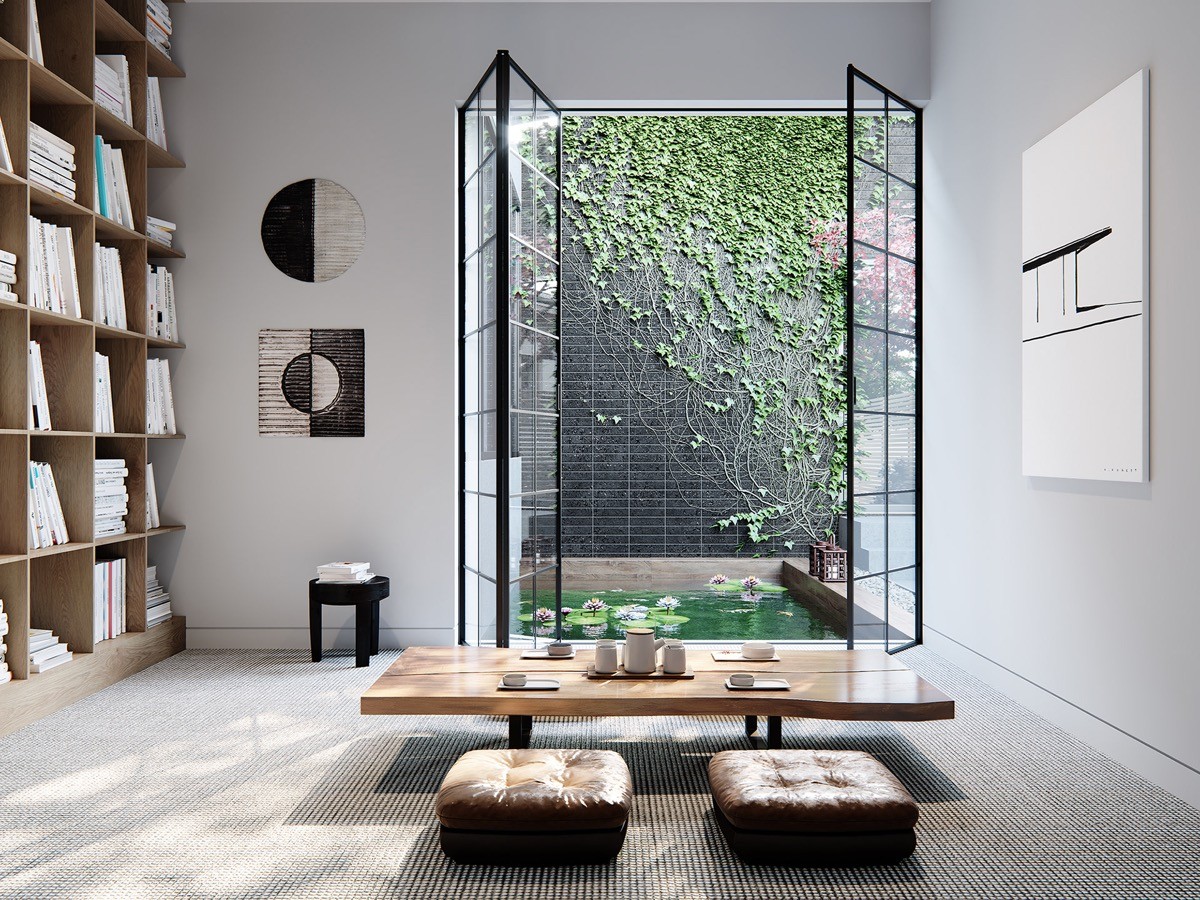
A low Chabudai table and Zabuton floor cushions allow large windows to be enjoyed to their fullest. Consider developing a zen garden, a lily pond, or a vertical garden to really capitalise on the window framed scene.
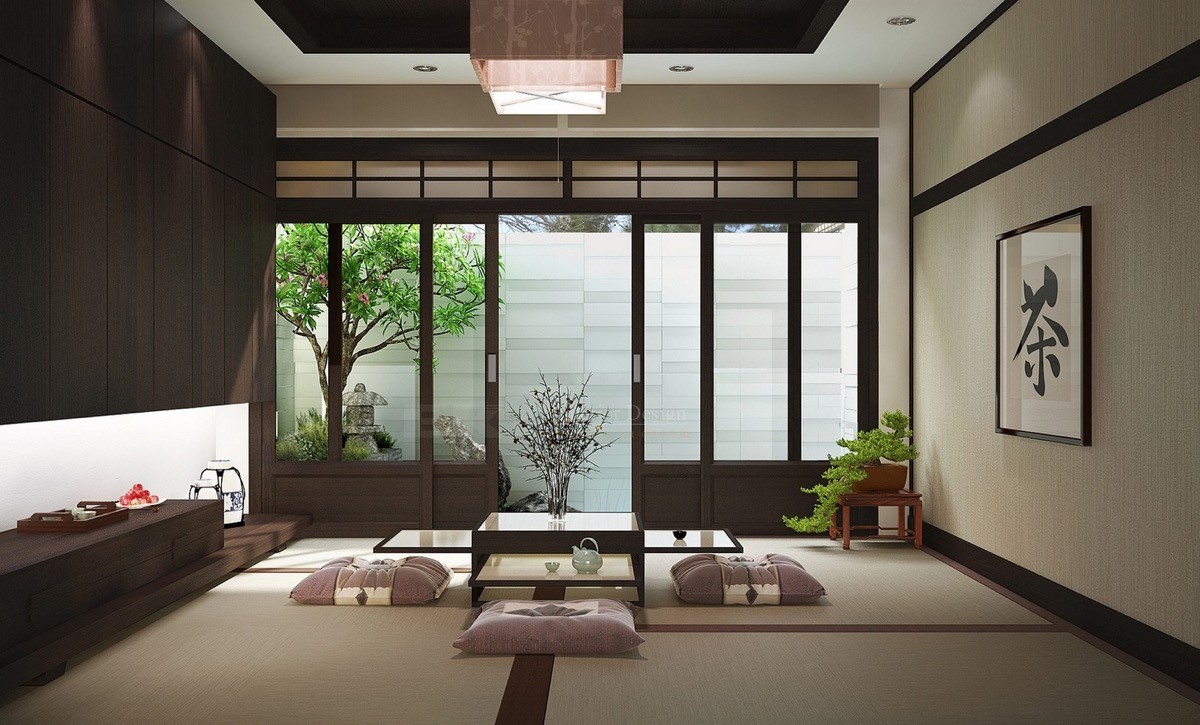
To honour the Japanese tradition, Zabuton floor cushions and floor poufs are key. Team with Shōji doors or screens and framed Shūji calligraphy to complete the look.
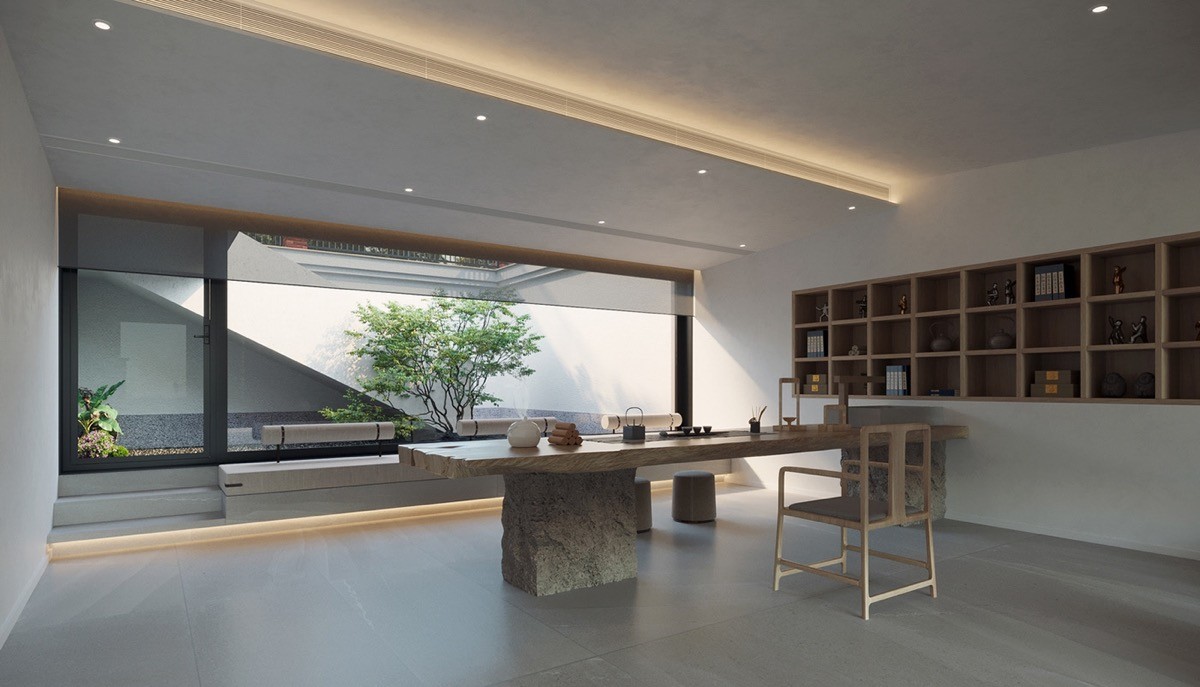
Chinese tea drinking is done at a raised table. It’s considered inappropriate to be seated directly opposite the tea server, but in a house of only two people, you could let that one slide.
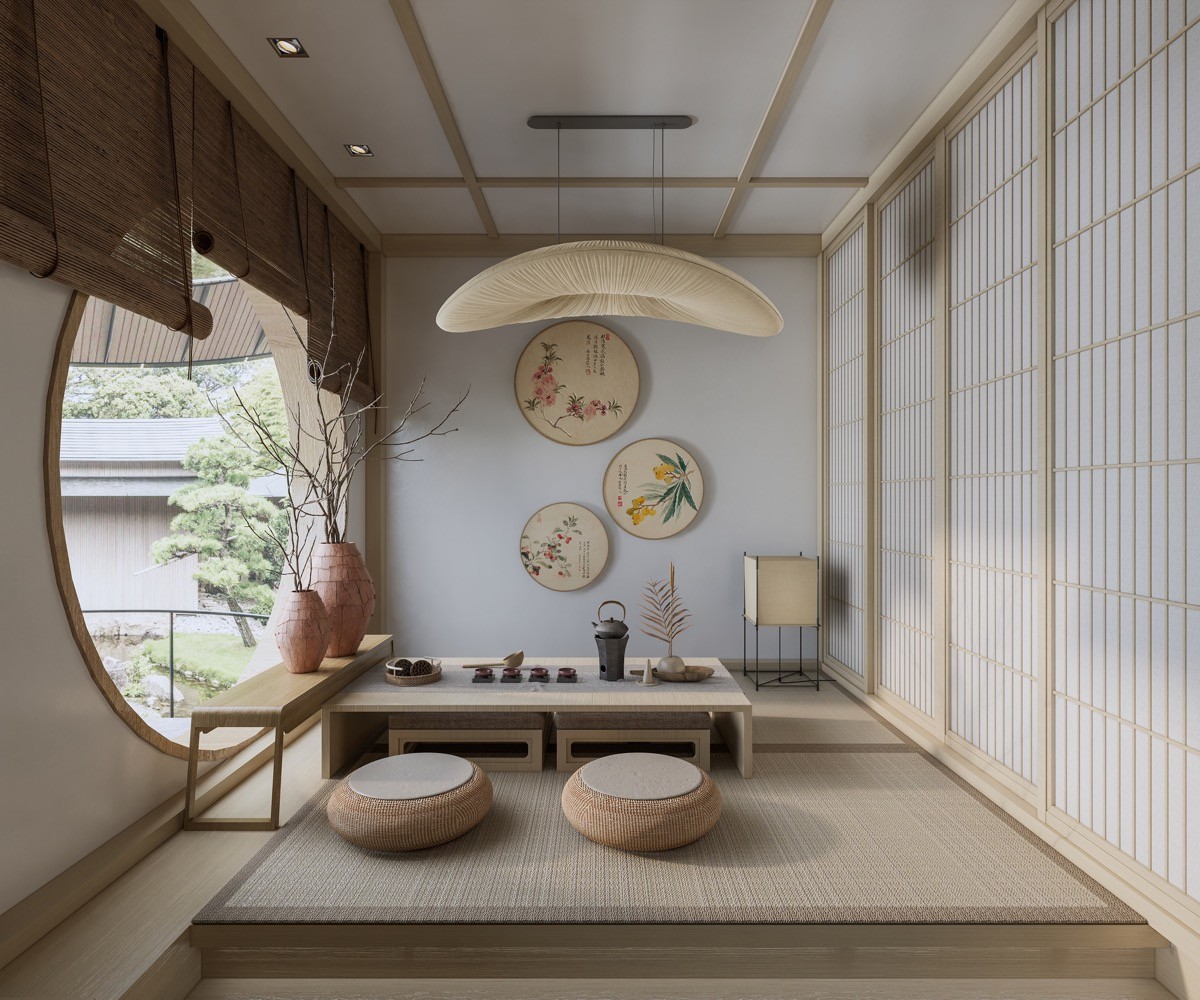
Botanical wall art creates a peaceful visual that’s conducive to the relaxed atmosphere of a tea drinking session. This beautiful Shōji lined space also features a round picture window to frame nature’s real beauty.
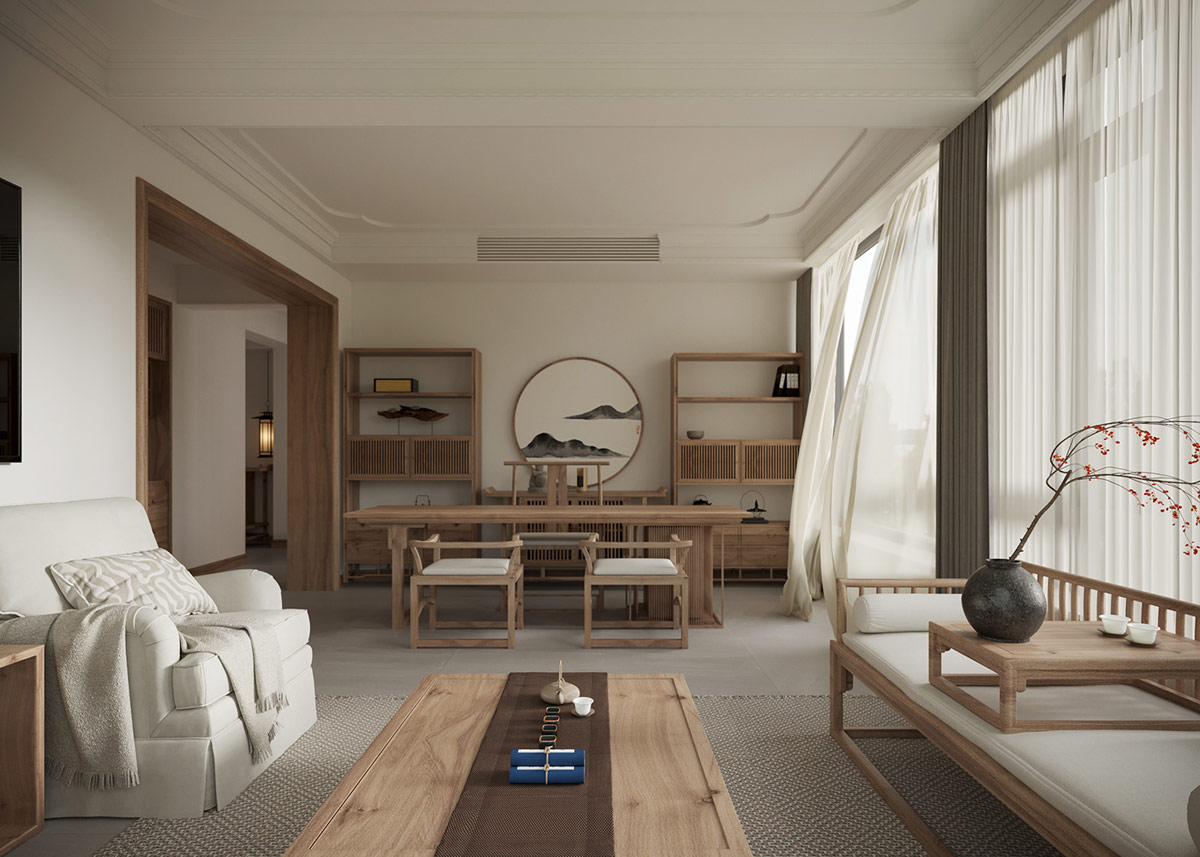
A tag on tea room. It’s totally okay nowadays to tag a tea room onto an open plan living space. You can achieve a sense of special ceremony with a larger sized tea server’s chair and smaller counterparts on the other side. Flank with symmetrical cabinets and finish with a focal point of serene wall art.
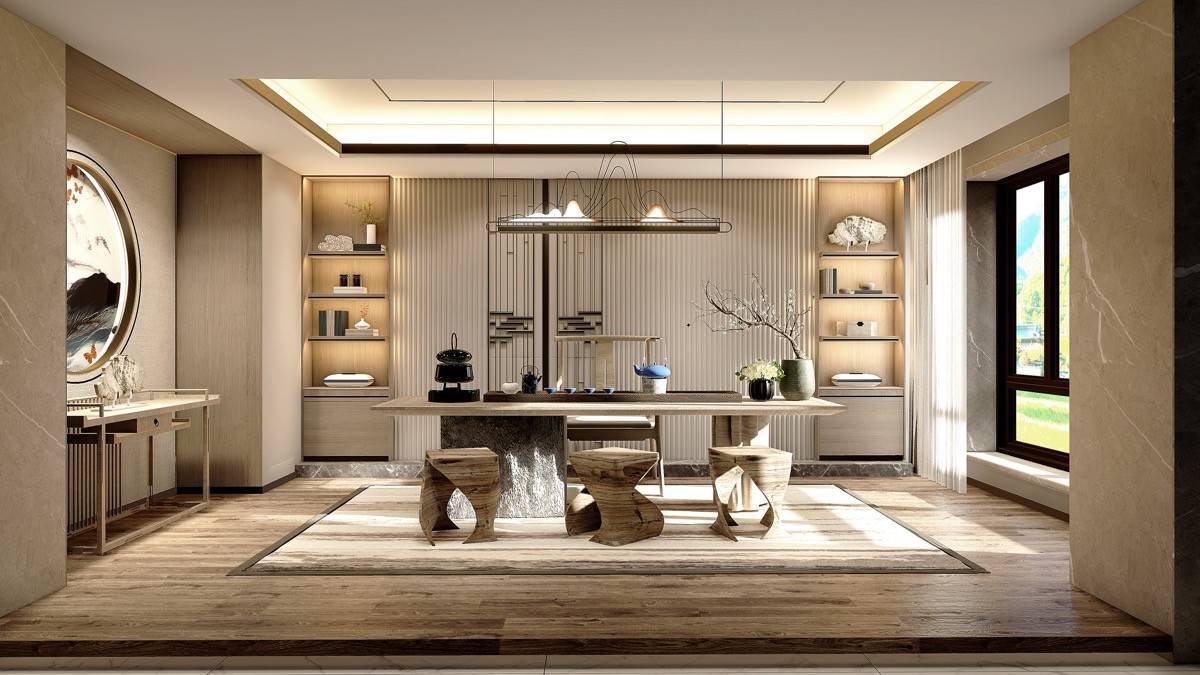
A linear suspension light effectively anchors a modern dining spot, so why not a modern tea room too?
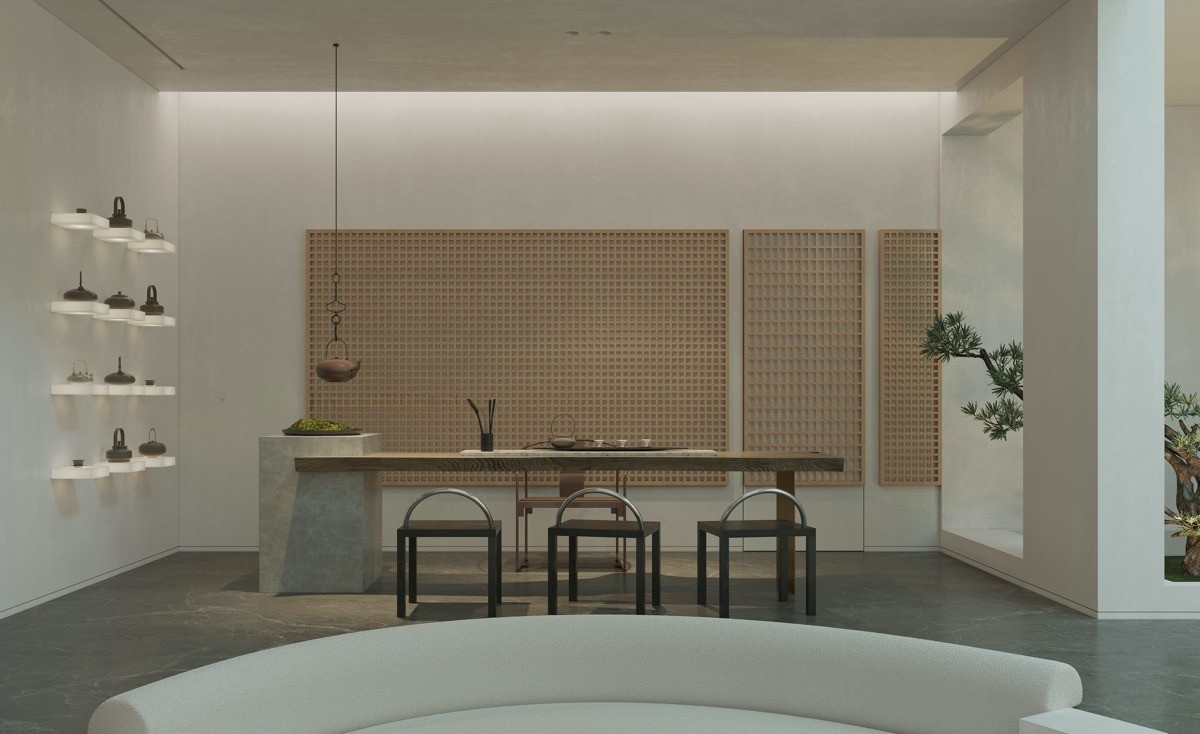
Put on a show. A collection of cast-iron Tetsubin teapots are proudly displayed on illuminated shelves here, combining traditional and contemporary approaches. A focal wall of wooden lattice panels hint at traditional Shōji screens without committing fully to the endeavour.
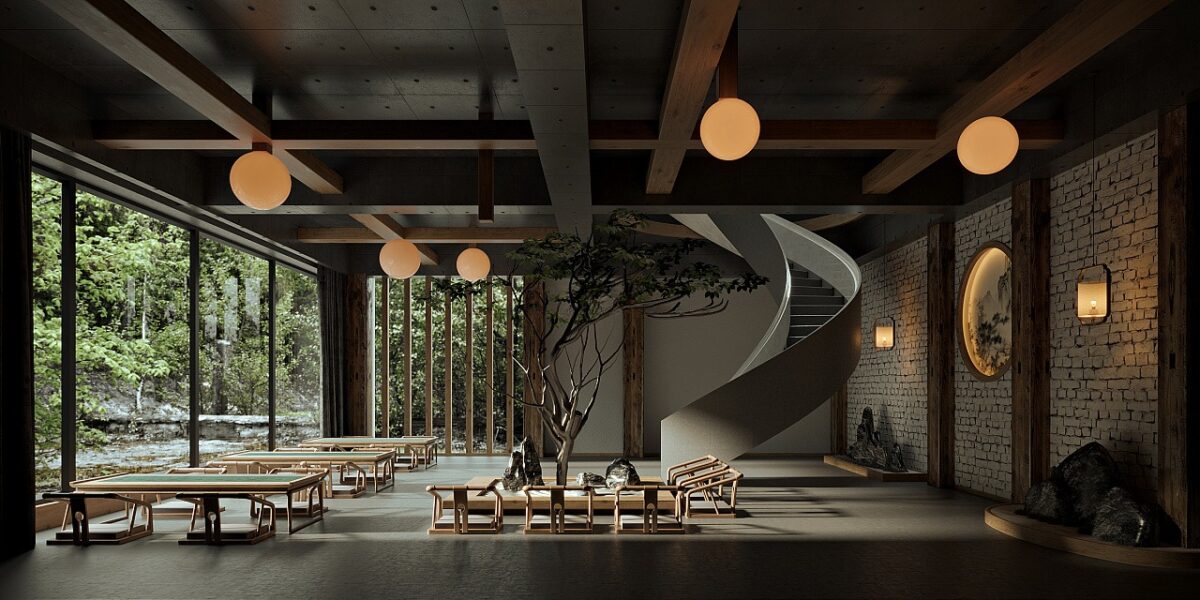
Swept away. A sweeping spiral staircase design and mesmerising nature views amuse the mind and soul whilst tea quenches the body.
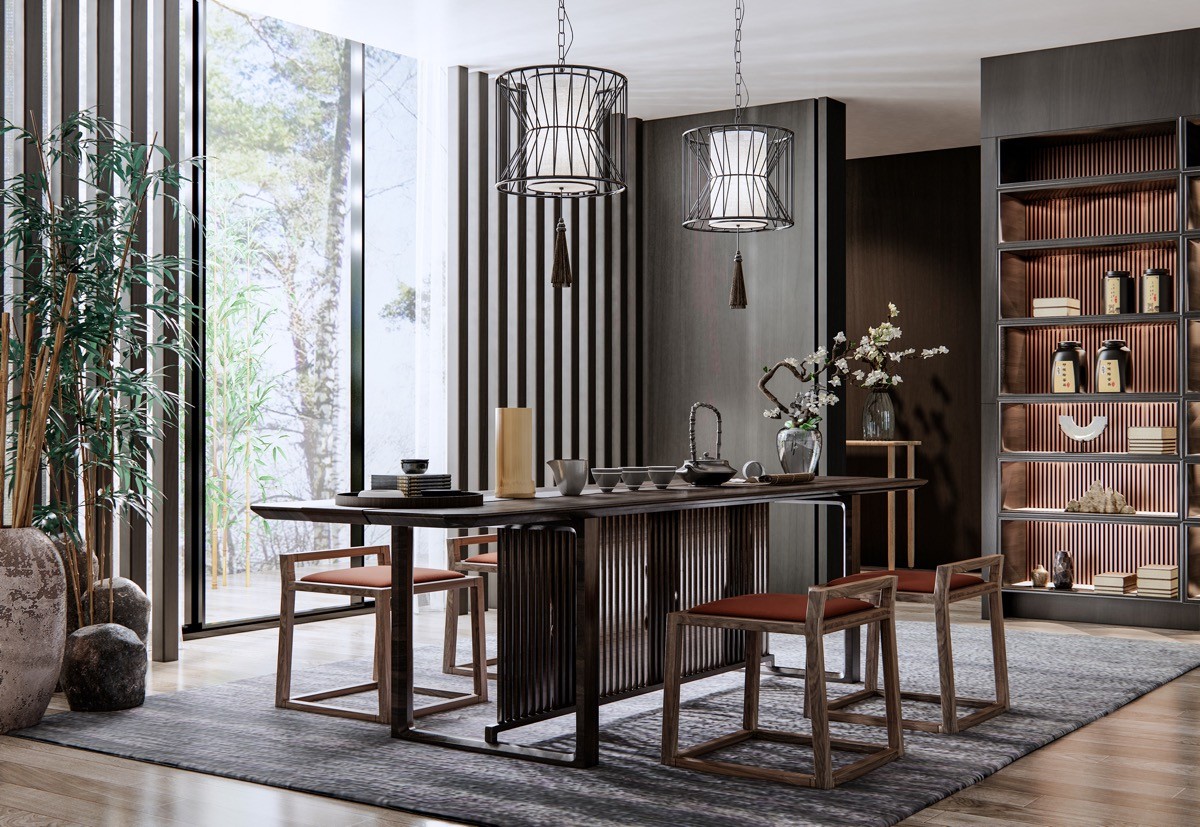
Install built-in shelving units to lovingly display a selection of teas, alongside antiques, art, and a selection of treasured tomes.
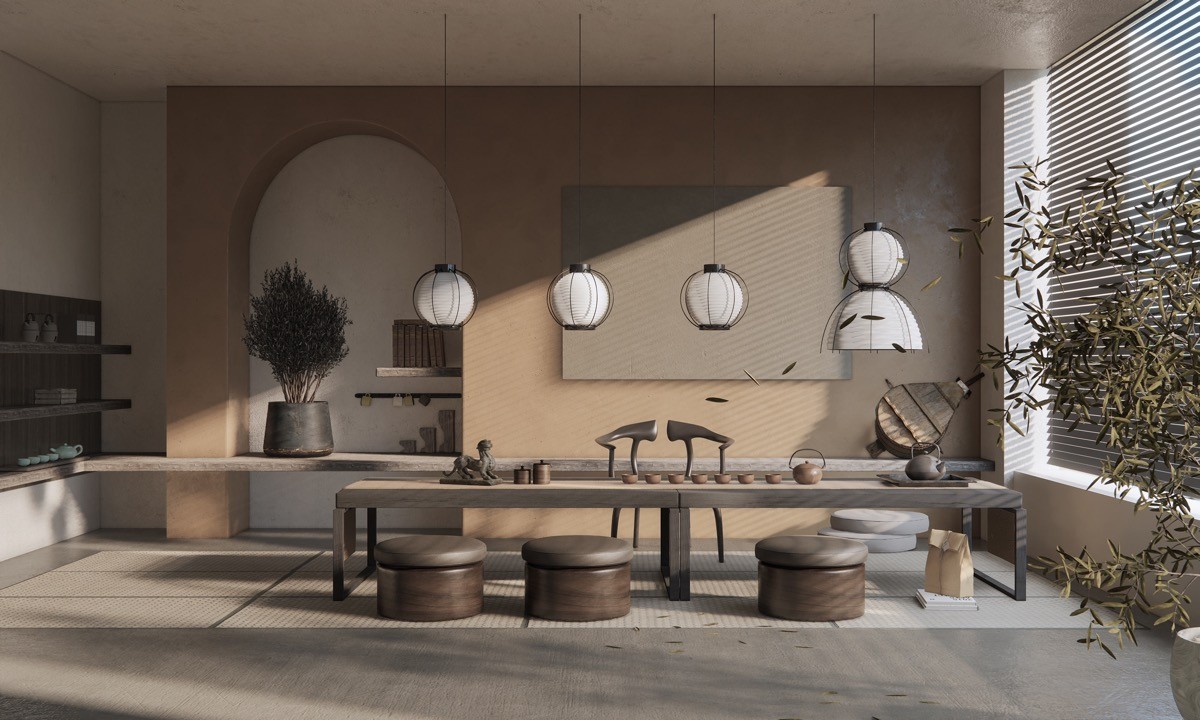
Group pendant lights along the length of a substantial tea table to accentuate its size and linearity.
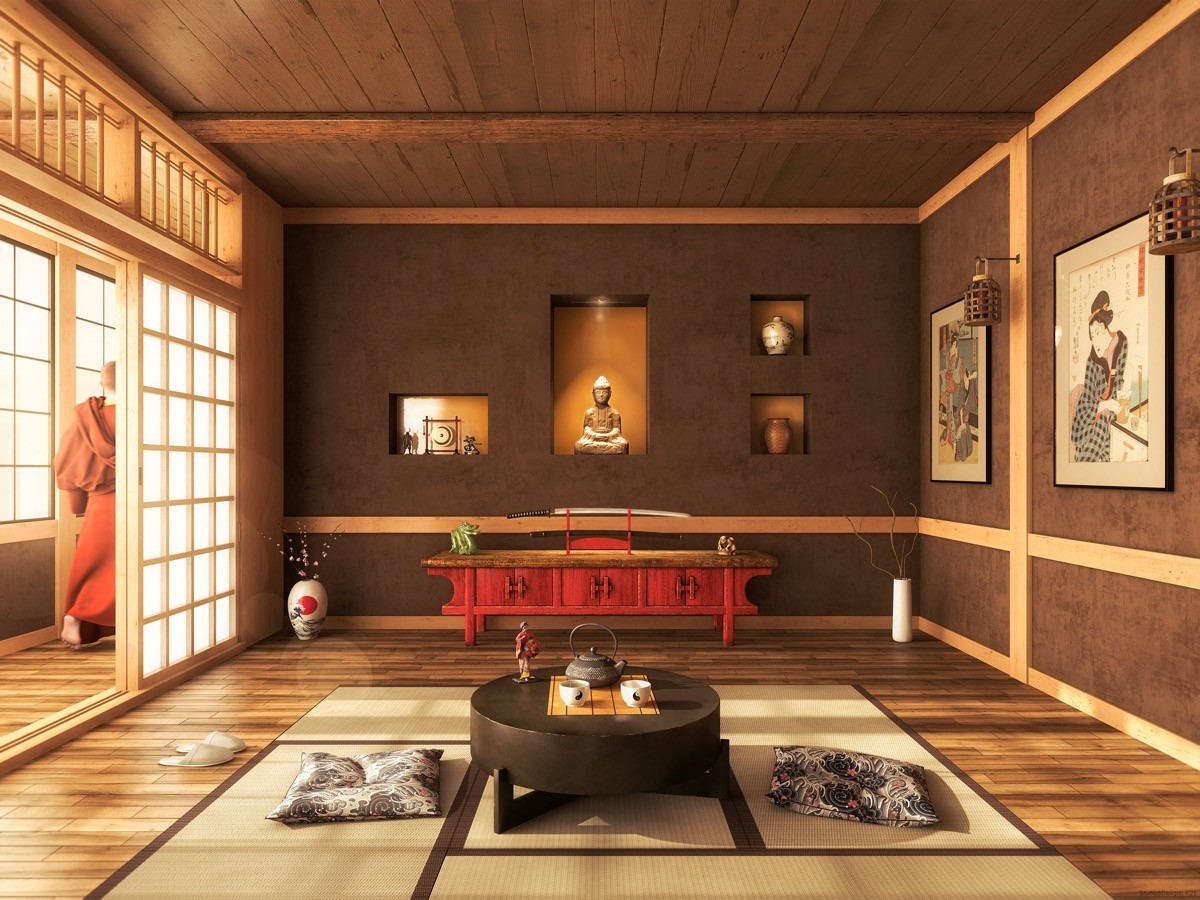
Emulate a Japanese tea room and instil a sense of zen by placing a Buddha statue in a prominent position.
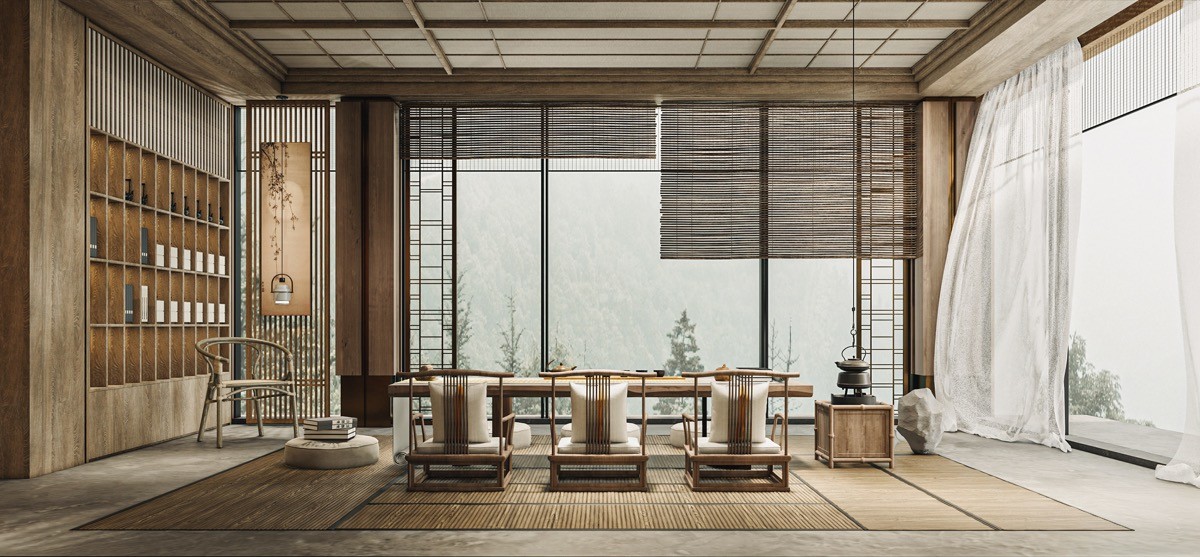
As tradition has it, a cast-iron Tetsubin teapot should be heated whilst suspended over an irori hearth.
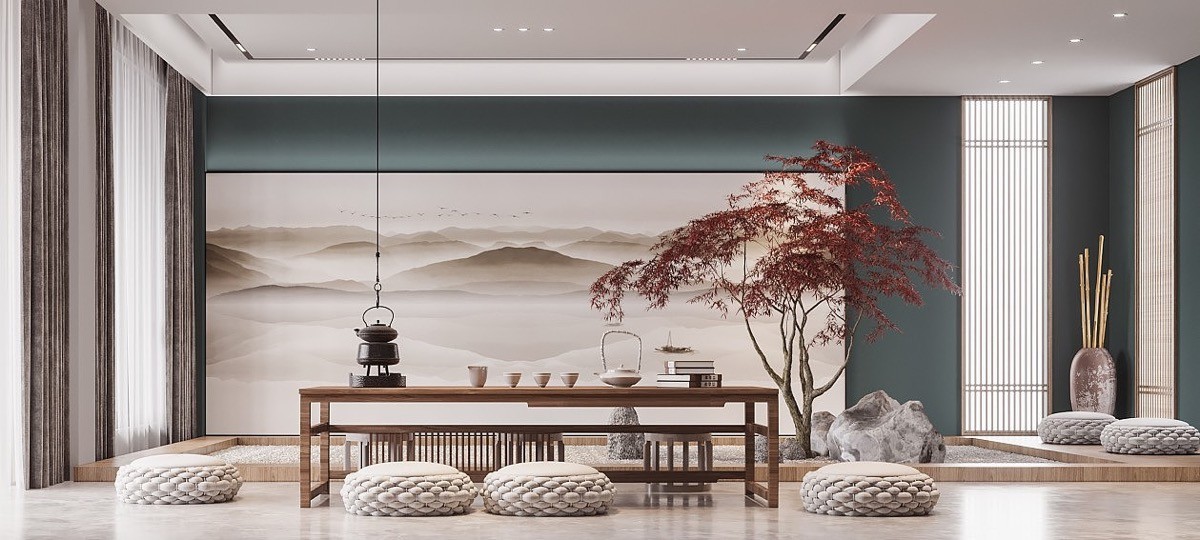
Enjoy an explosion of flame red foliage with the introduction of an indoor Japanese Maple tree.
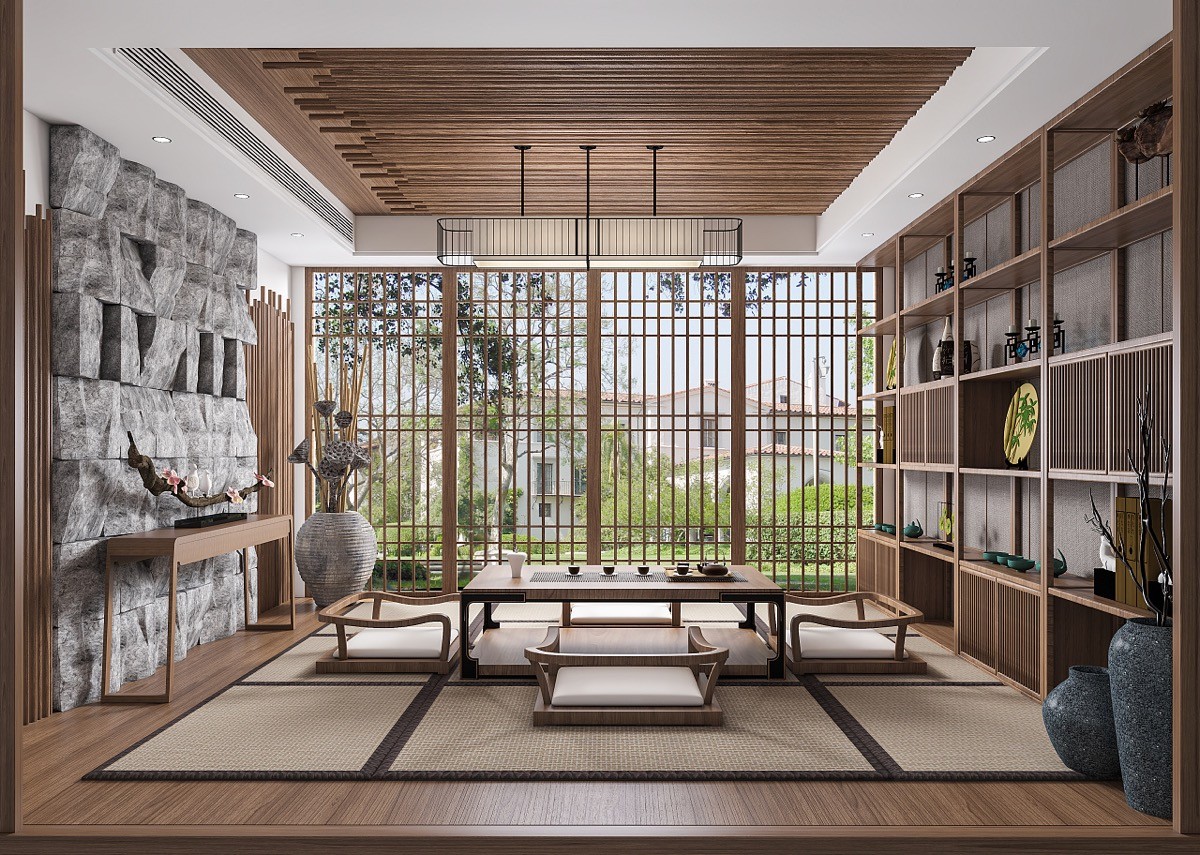
Zaisu floor chairs make a step further toward comfort from the simple Zabuton cushion alone, and a Kyousoku armrest offers more support still.
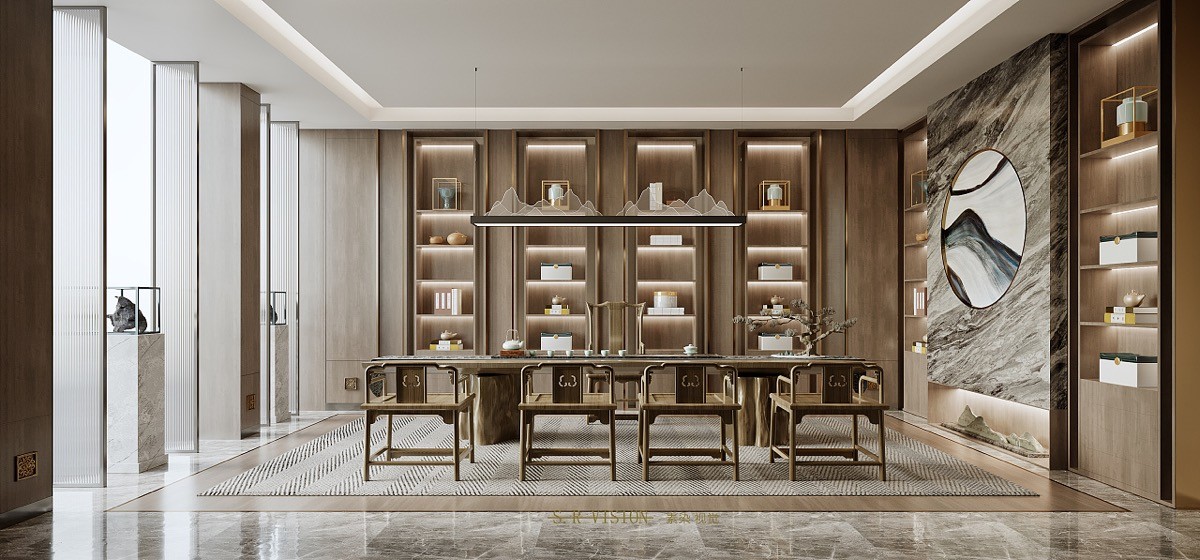
A marble fireplace takes this tea room all the way upmarket, along with a designer linear pendant light and a custom-made bookcase wall.
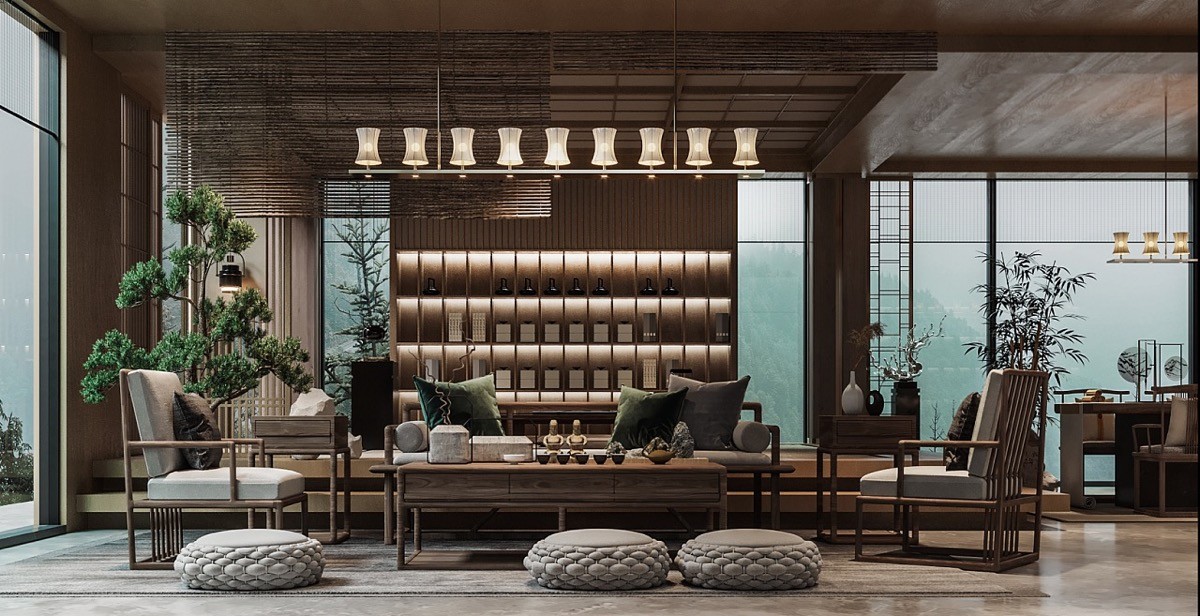
If you can’t decide between floor cushions or chairs, then you can always straddle the two aesthetics with an eclectic collection of seating that will please everyone.
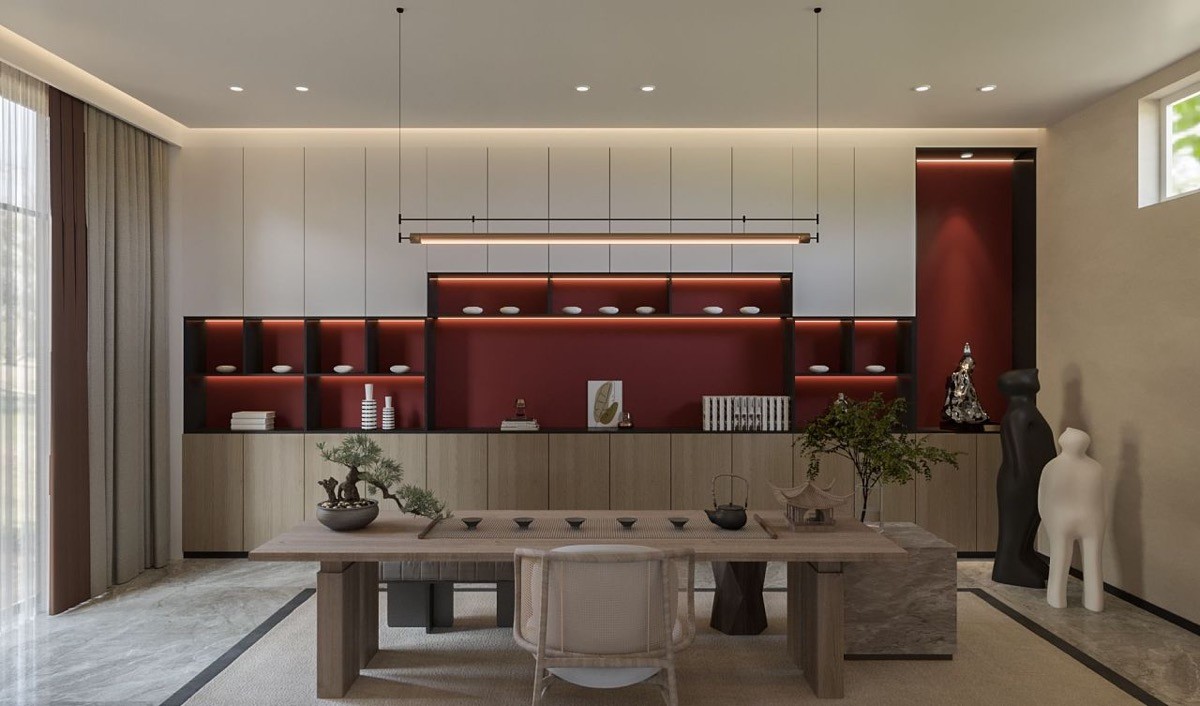
The Bonsai tree has long been a symbol of balance, patience, harmony, and luck in Asian culture, with Zen Buddhists believing the Bonsai to be an object of meditation and contemplation. Who wouldn’t want to bring these wonderful qualities to their tea table?
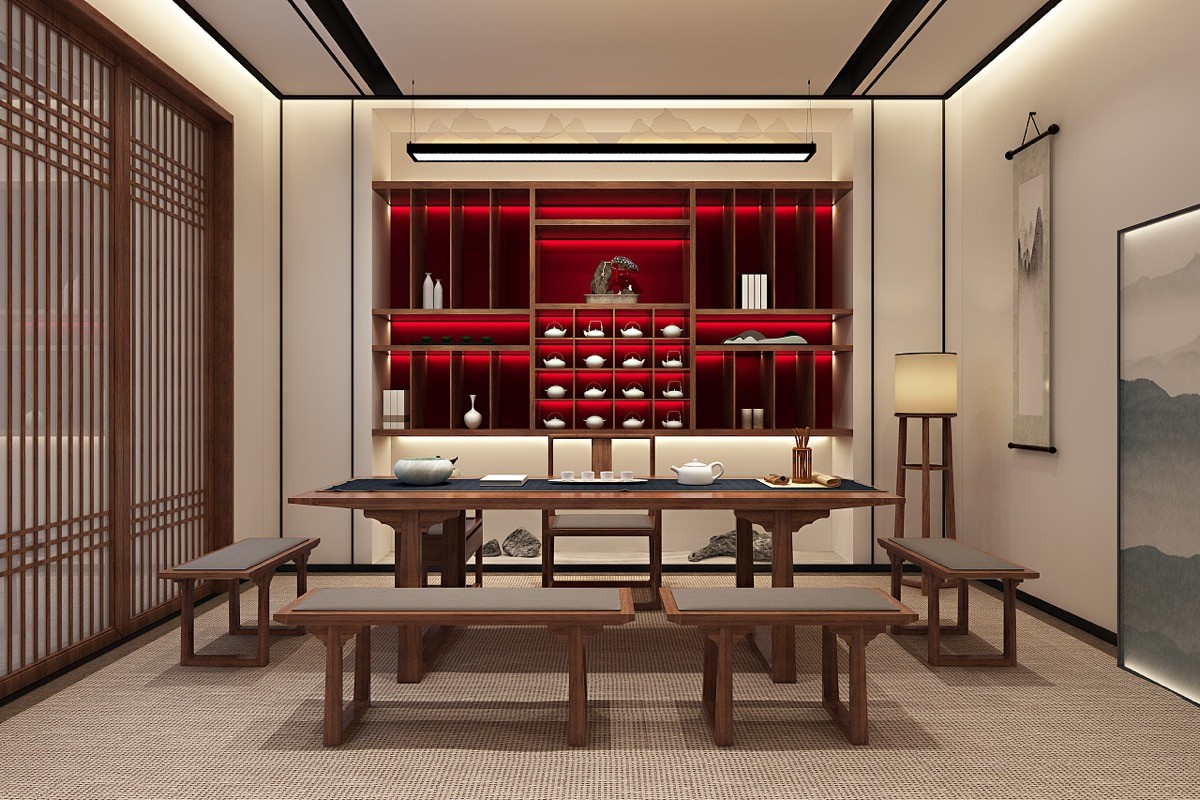
Display a collection of white teapots against a deeply colourful background to create striking contrast. Moody backlighting exaggerates the bold effect.
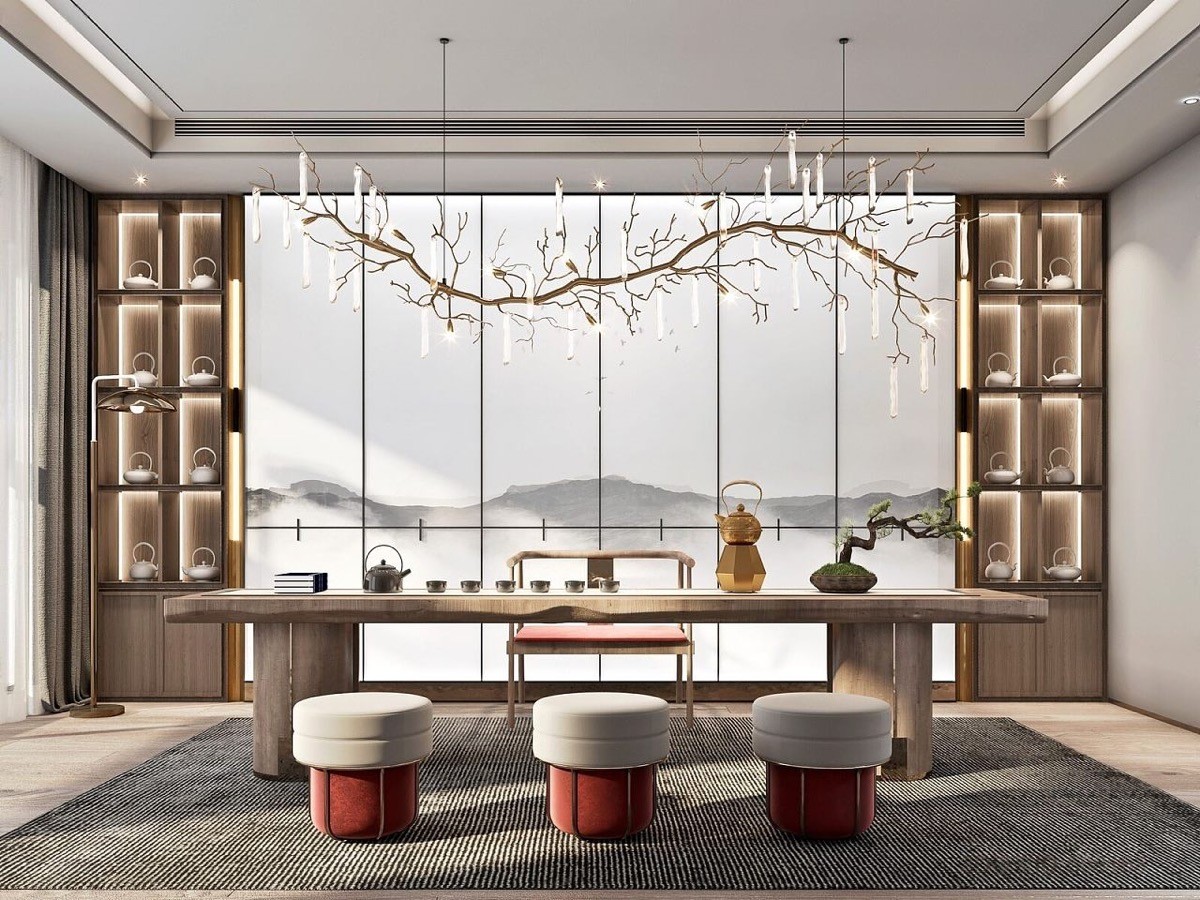
A nature-inspired modern chandelier will complement beautiful indoor plants, peaceful garden views, and serene landscape art.
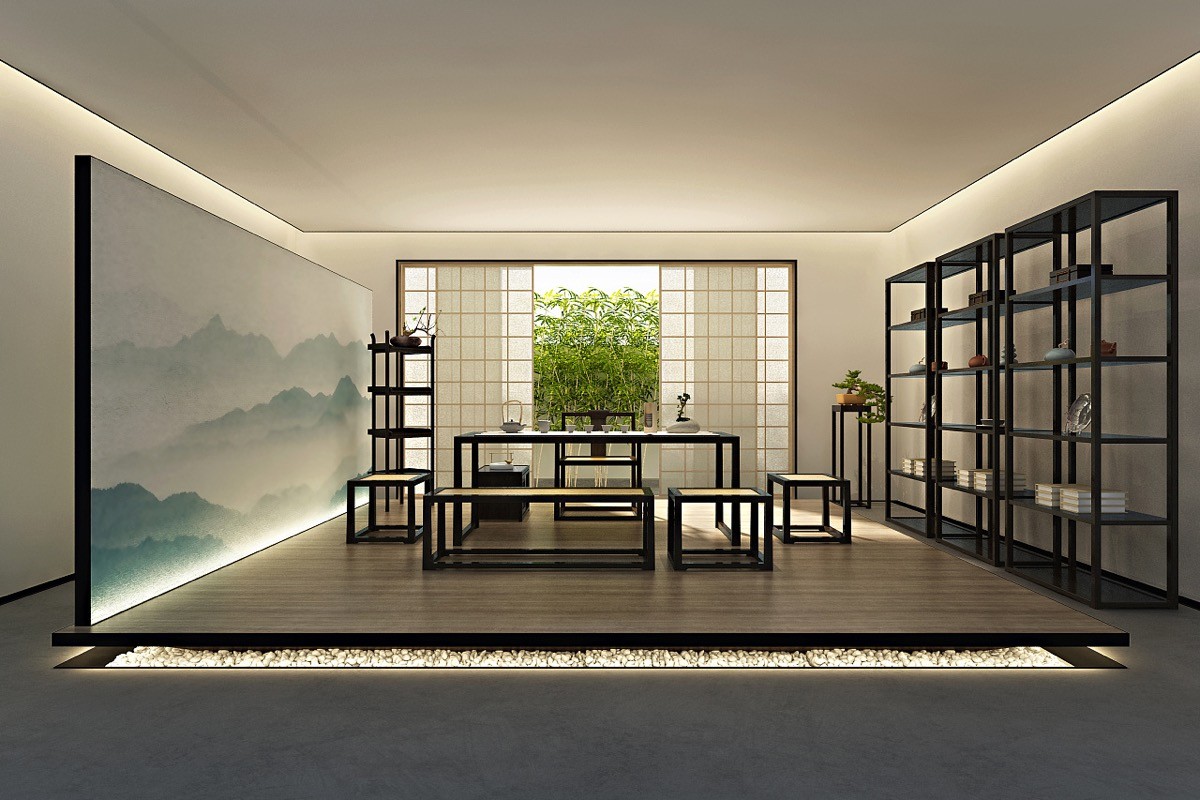
The seating etiquette in a traditional Chinese teahouse conventionally calls for the first guest of honour to be situated at the host's left hand side. The remaining seats are allocated in descending order toward the right. Therefore, a shared bench is most likely to come after single seats if the length of the table allows.
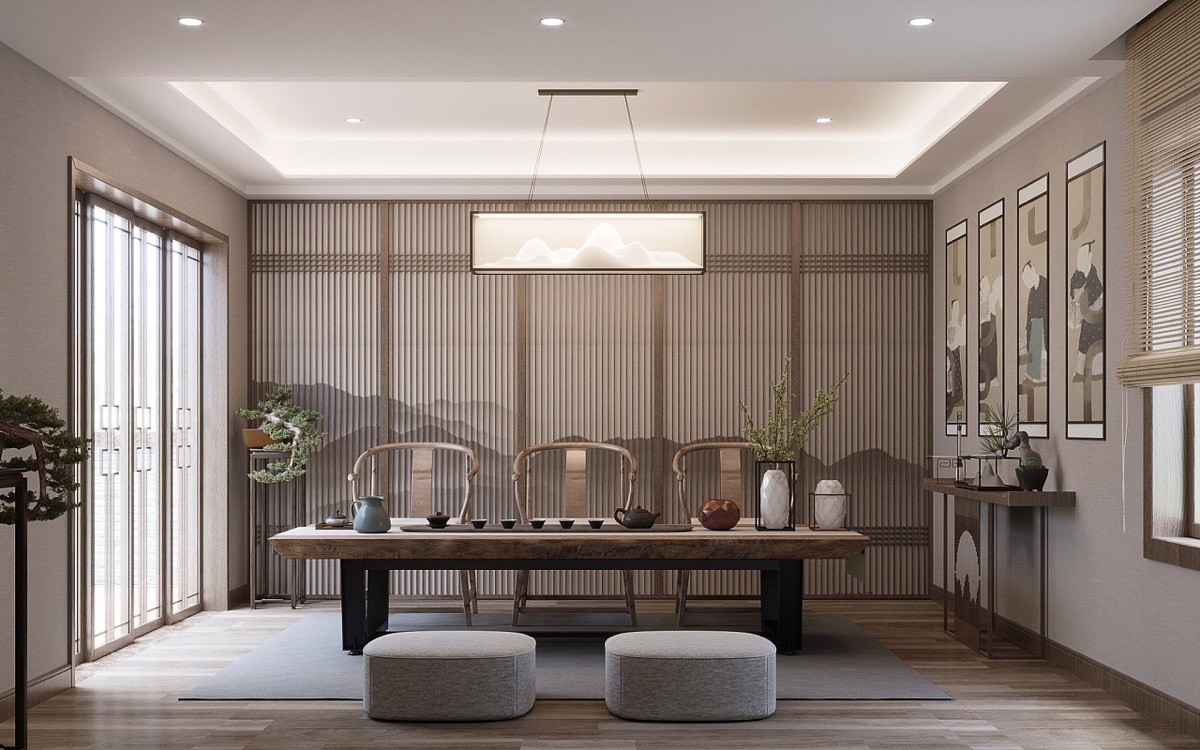
Mountain motifs are popular in tea room interior design. Their undulating outline provides an expansive panorama that visually opens up the space.
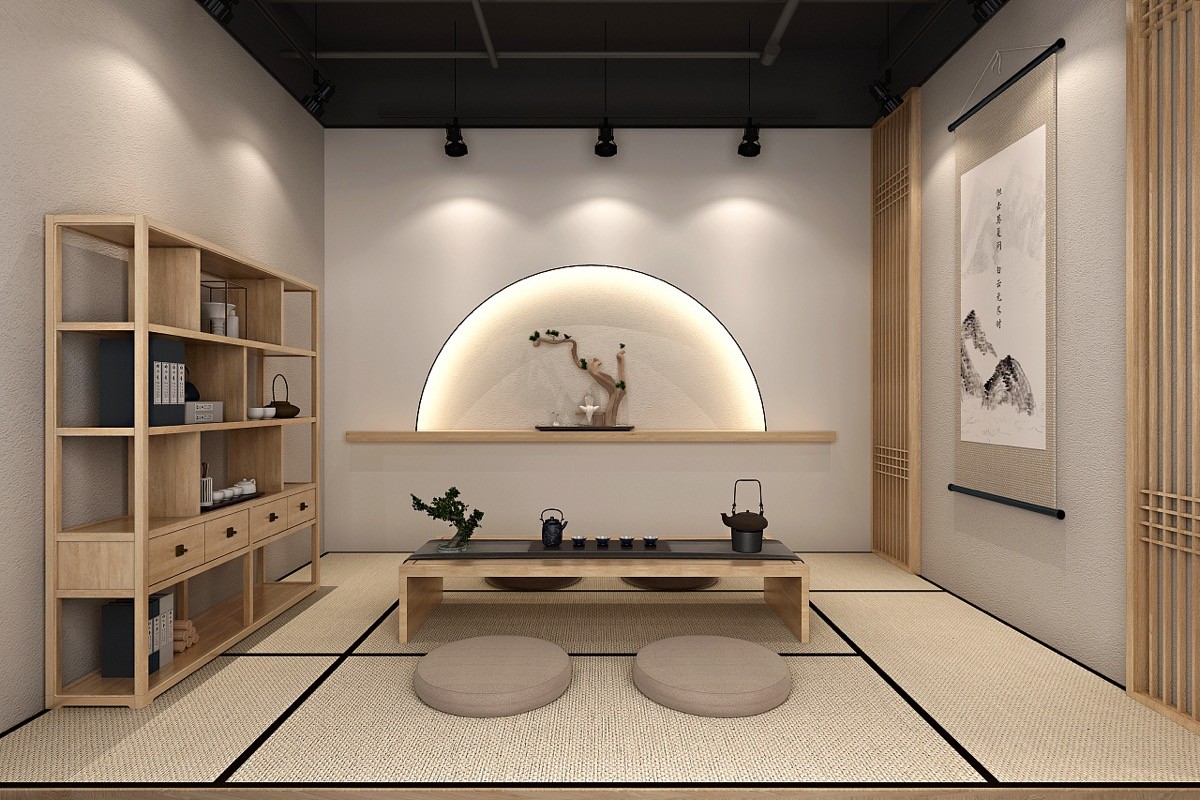
decor is prevalent in modern interiors, and tea rooms are no exception. Use this curvaceous device to softly frame a decorative item that sets the scene for ceremony, and utilise a ribbon of LEDs to draw due focus.
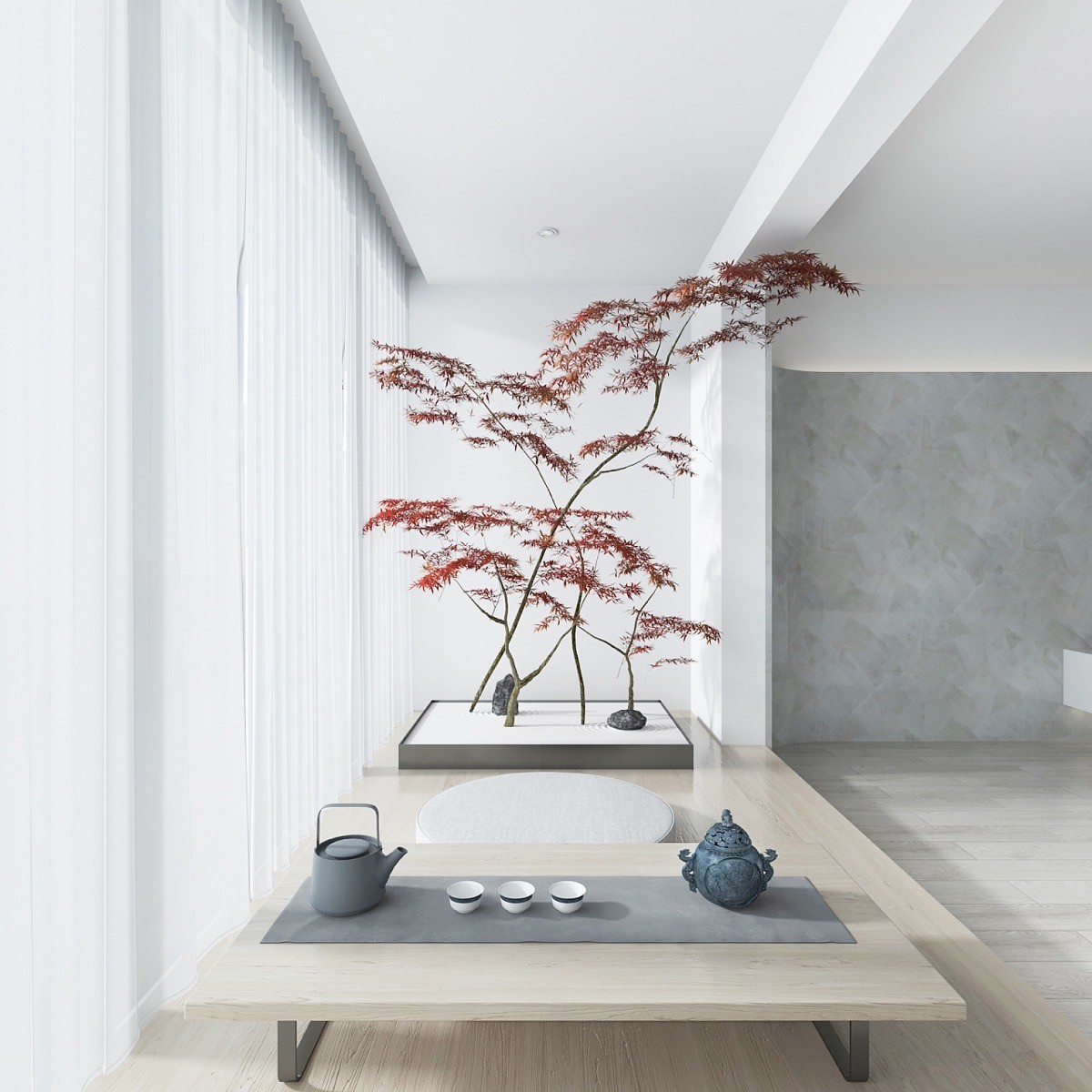
Another stunning Japanese Maple takes the stage in a mini zen garden.
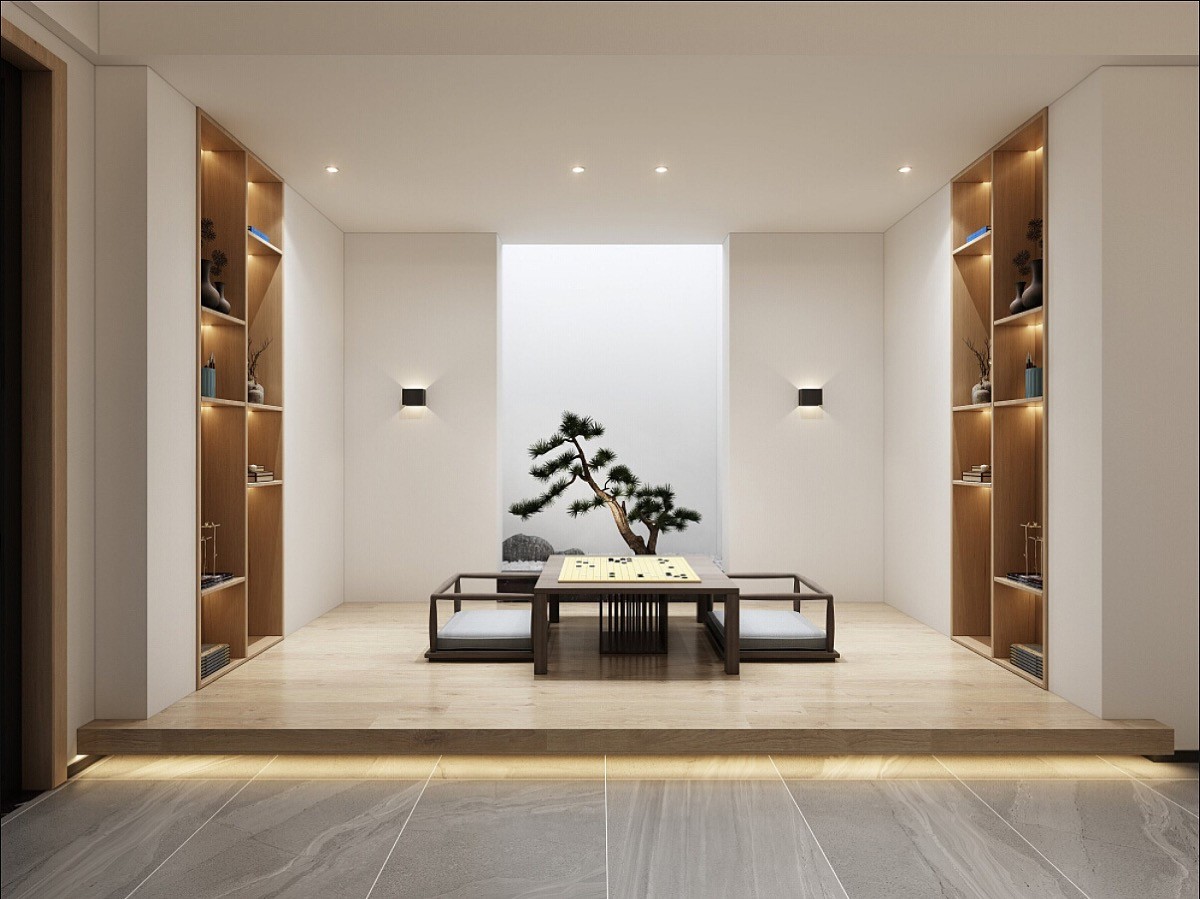
Of course, a comfortable tea room is also a great place to settle down for a game of checkers. Don’t forget to allocate surrounding storage with game time in mind.
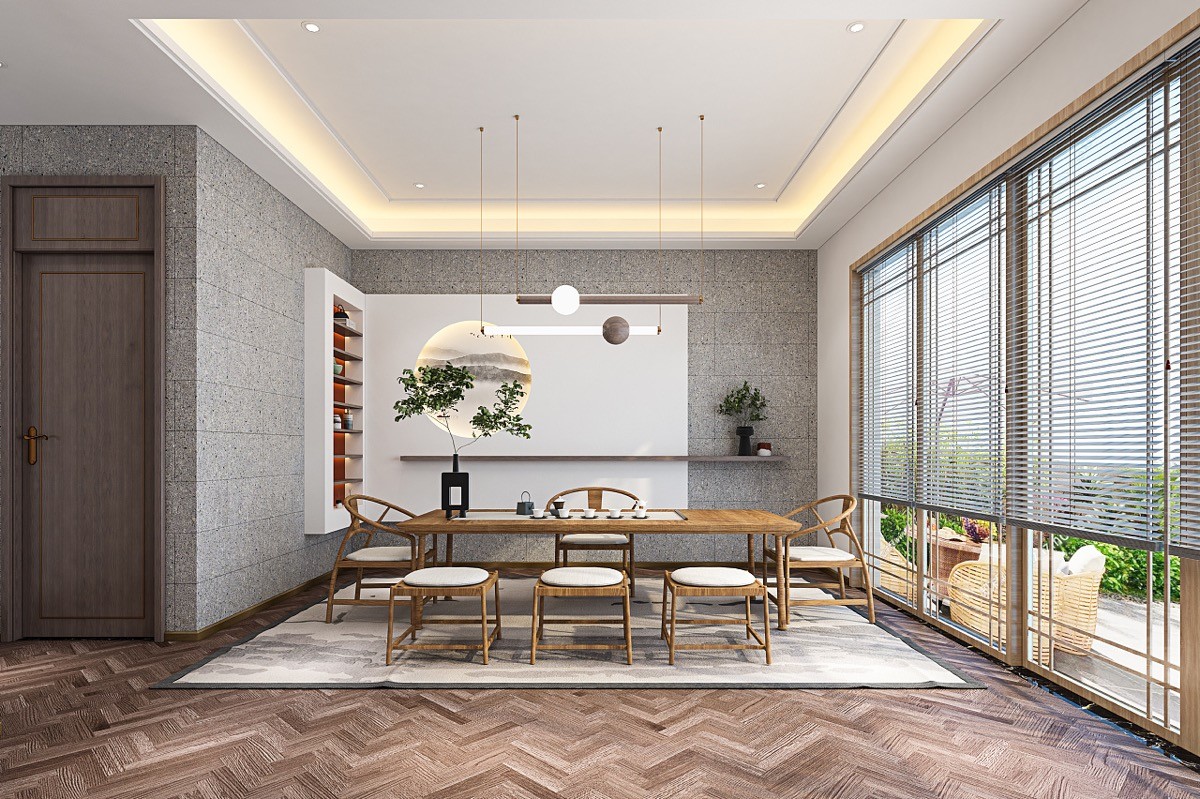
Shape a new tradition. This traditional tea room setup is updated with a prominent shape theme of circles and bold lines.
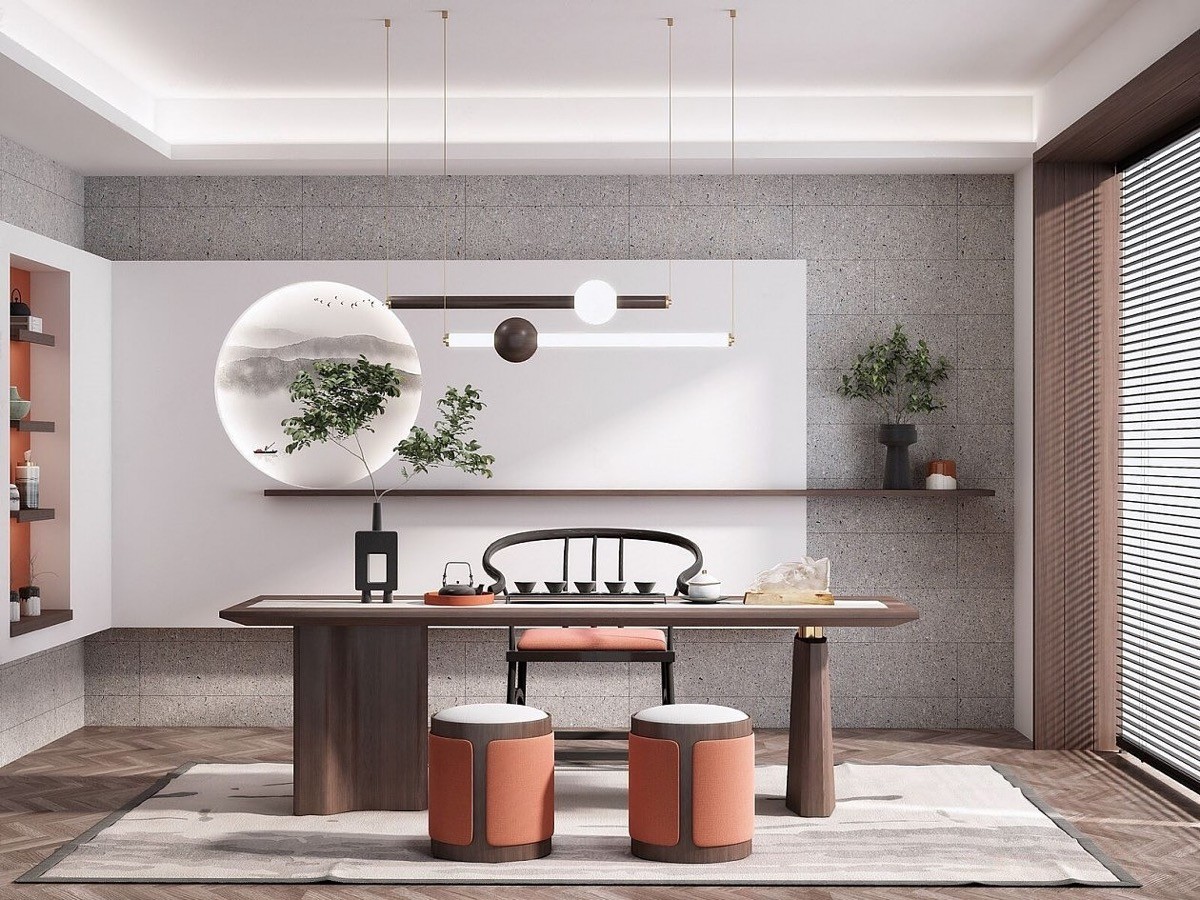
The same linear pendant lights and backdrop of illuminated round art is repeated here behind a much smaller tea table set.
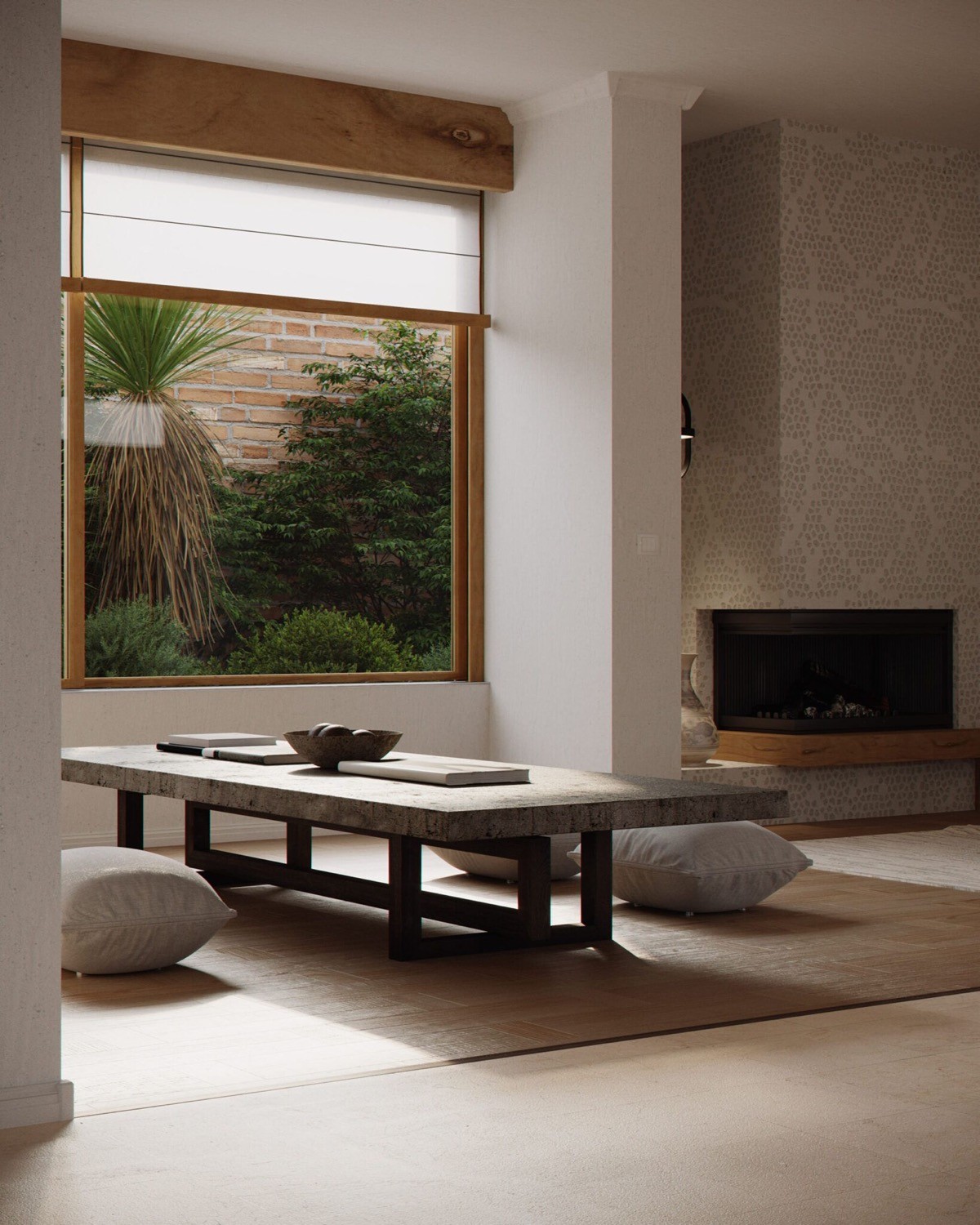
Update a simple wooden Chabudai table with a contemporary concrete top. These cleverly deceiving floor chairs give the look of simple cushions whilst providing much more support and height.
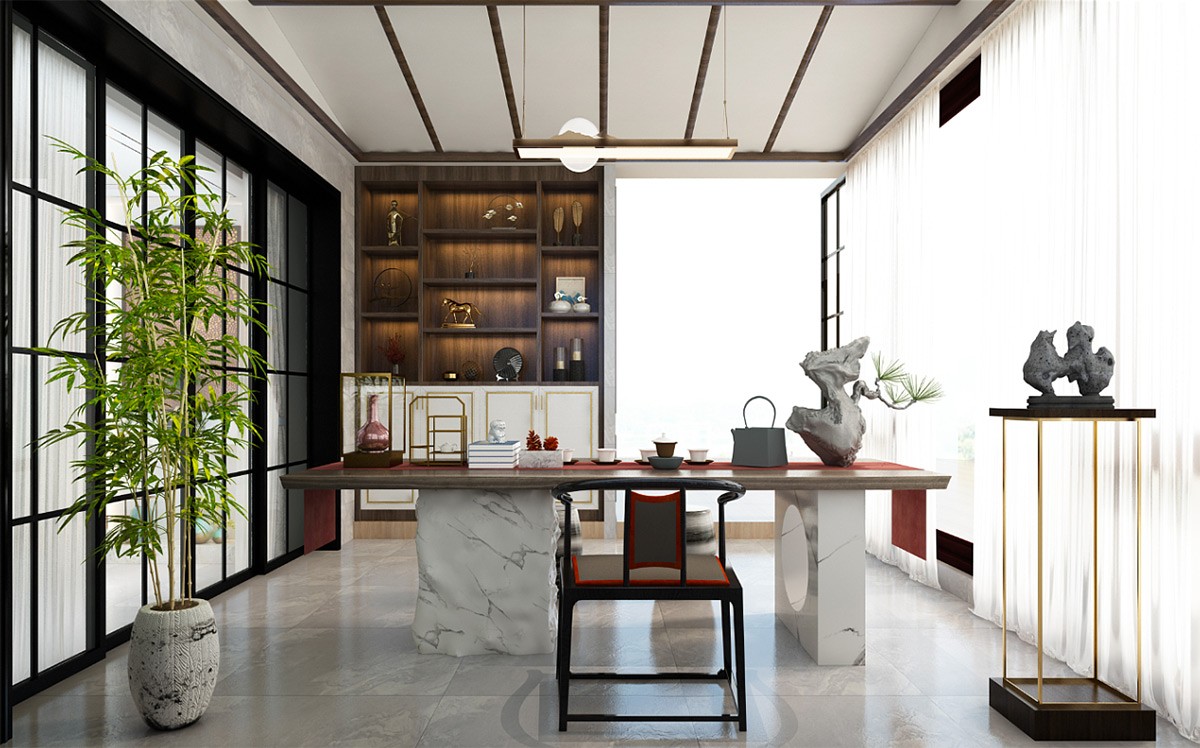
Surround the art of tea making with an art-filled room.
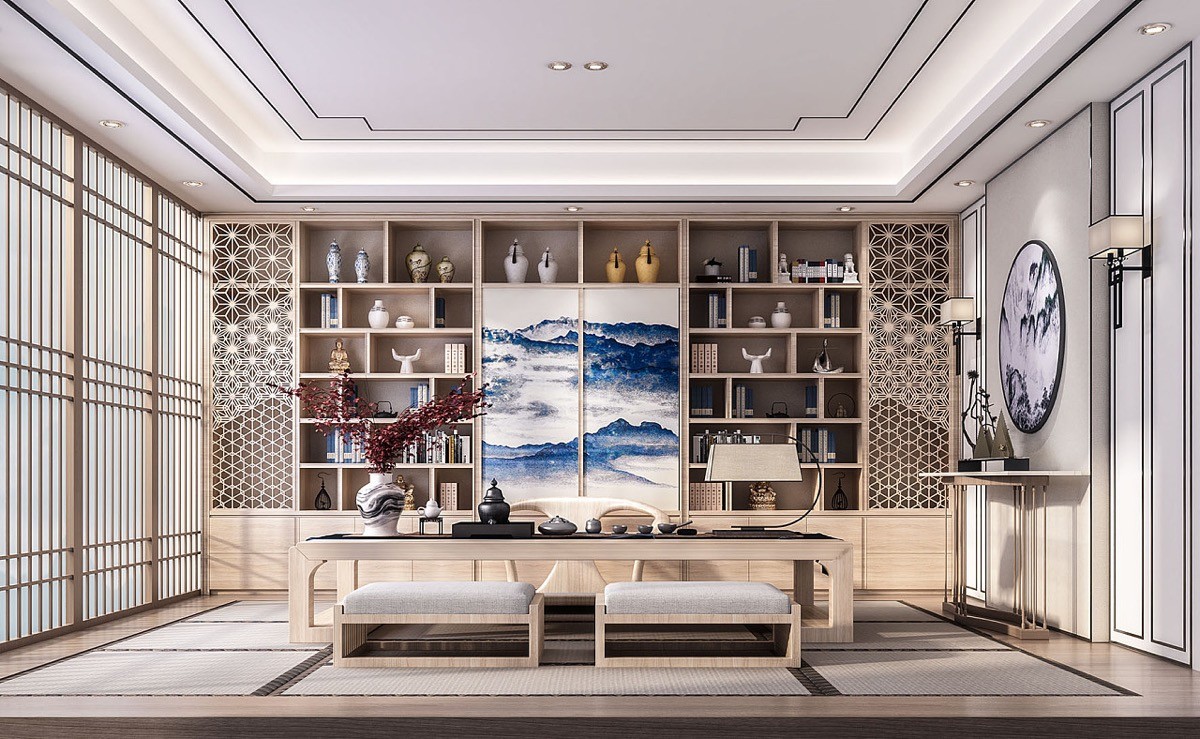
Japanese ginger jars were originally containers for salt, oil, and spices like ginger, which is of course where they got their name upon entering the Western world. Their decorative nature is now enjoyed on shelves and mantels, and makes an ideal accompaniment for a tea room.
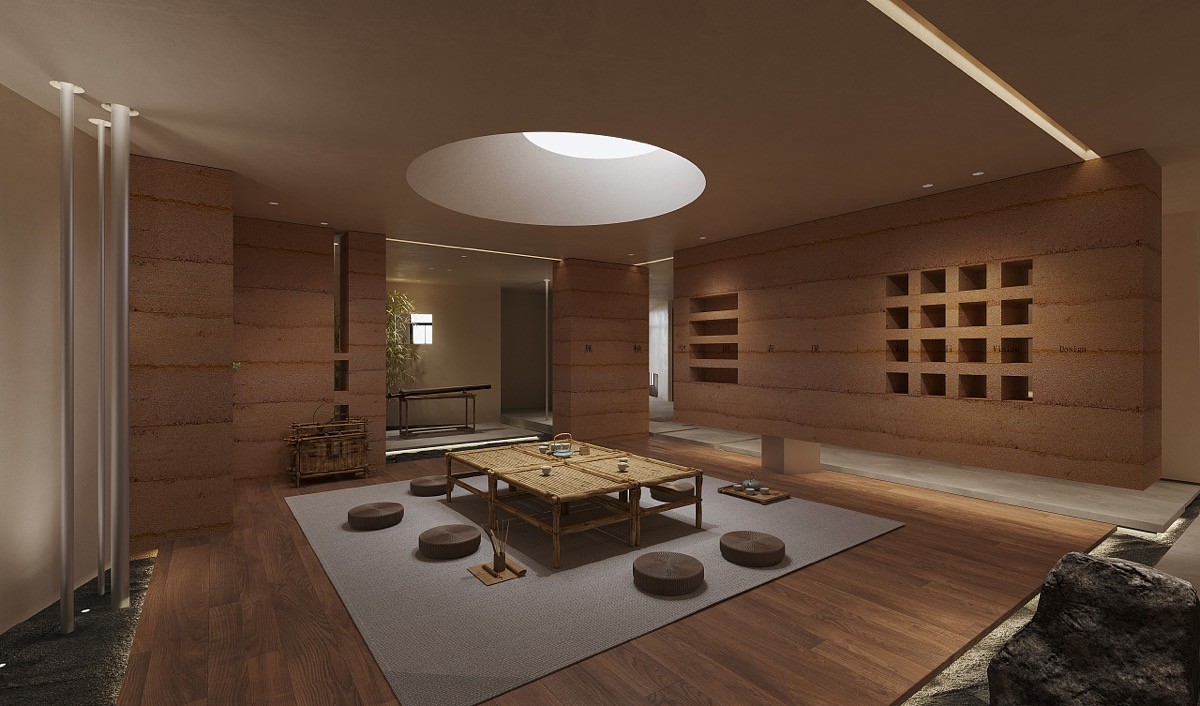
A skylight forms a stunning natural spotlight over a tea table.
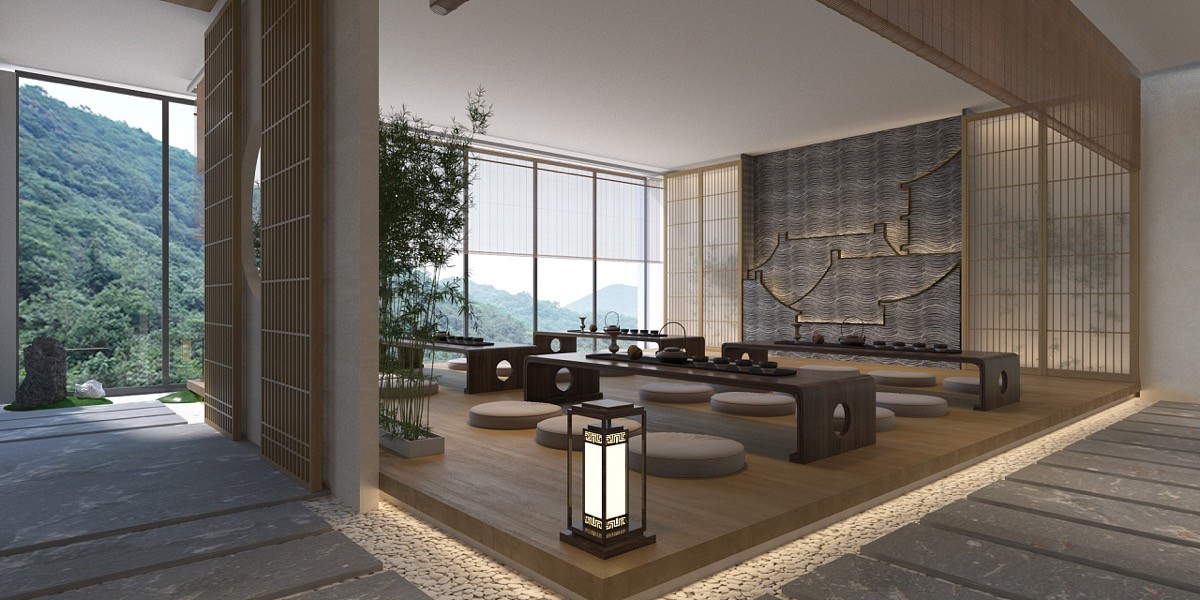
An elevated floor helps to zone a ceremonial tea area from the rest of the floor plan.
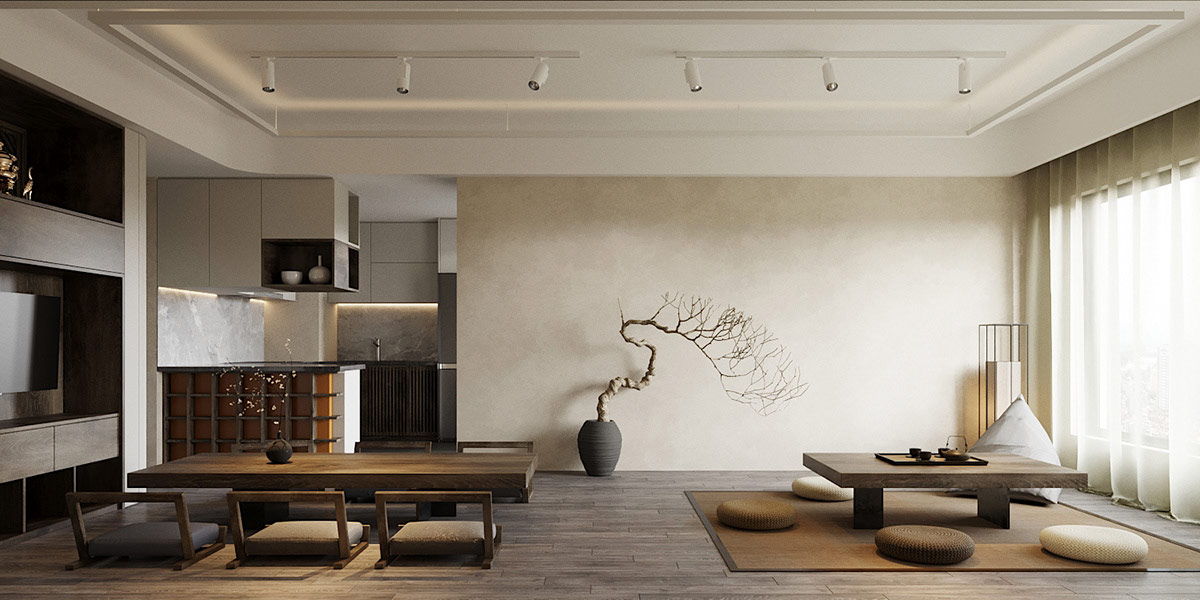
Align a floor level dining set with an independent tea area to double their impact. Use authentic tatami mats to define the separation of zones.
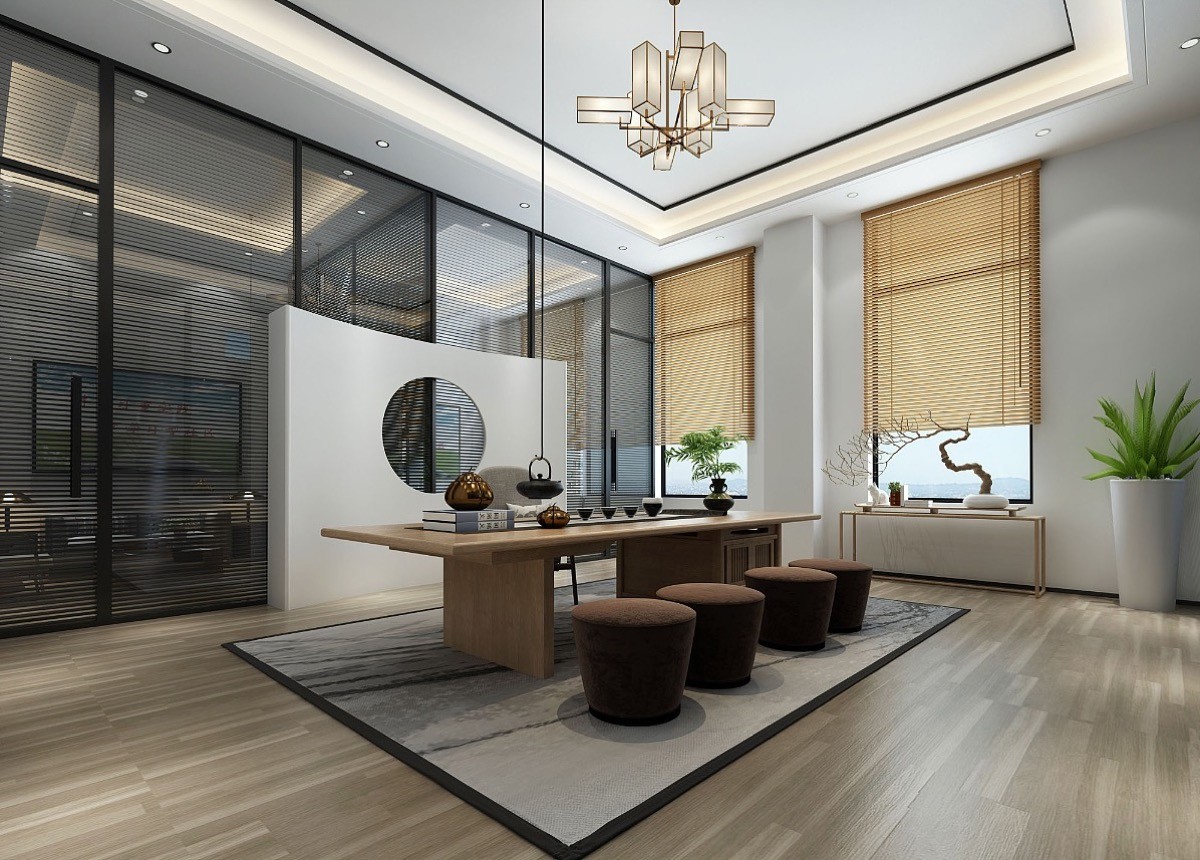
Often, in modern interiors, a cast-iron Tetsubin teapot is not suspended over an irori hearth but directly over the table.
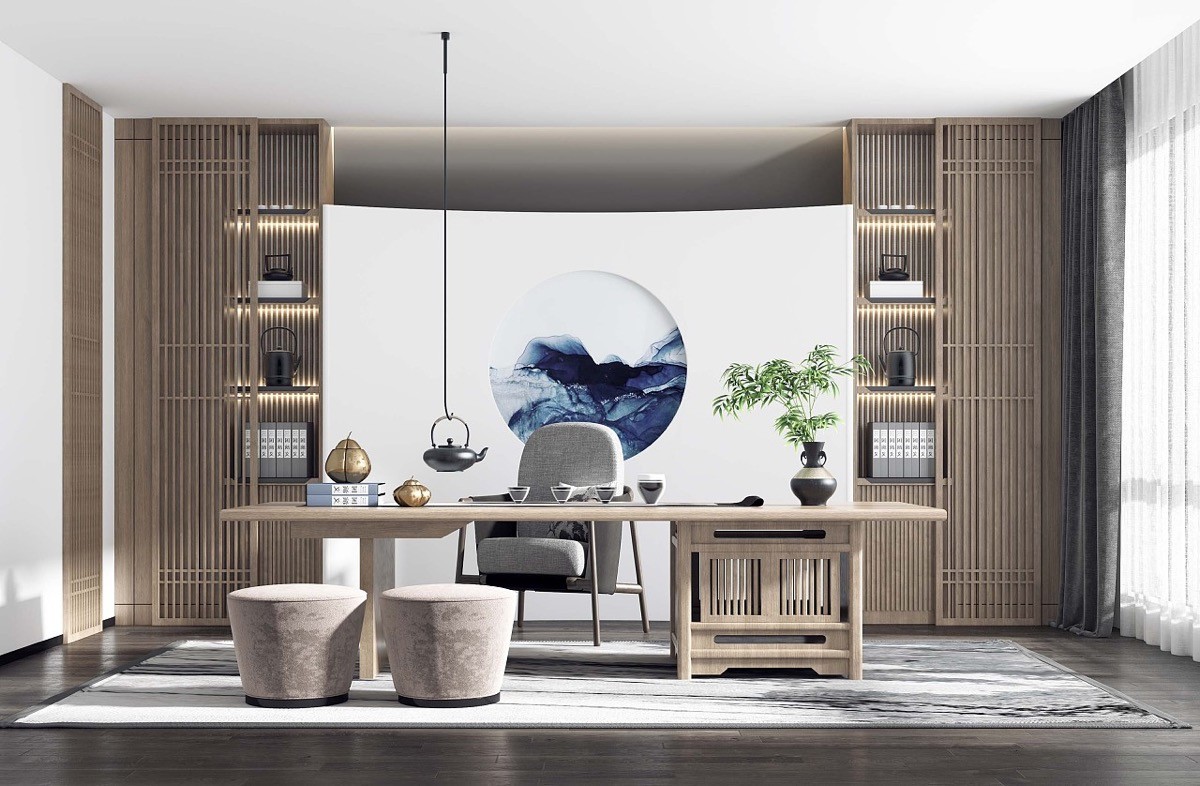
A suspended Tetsubin teapot provides an impressive visual that sets an immediate sense of ceremony.
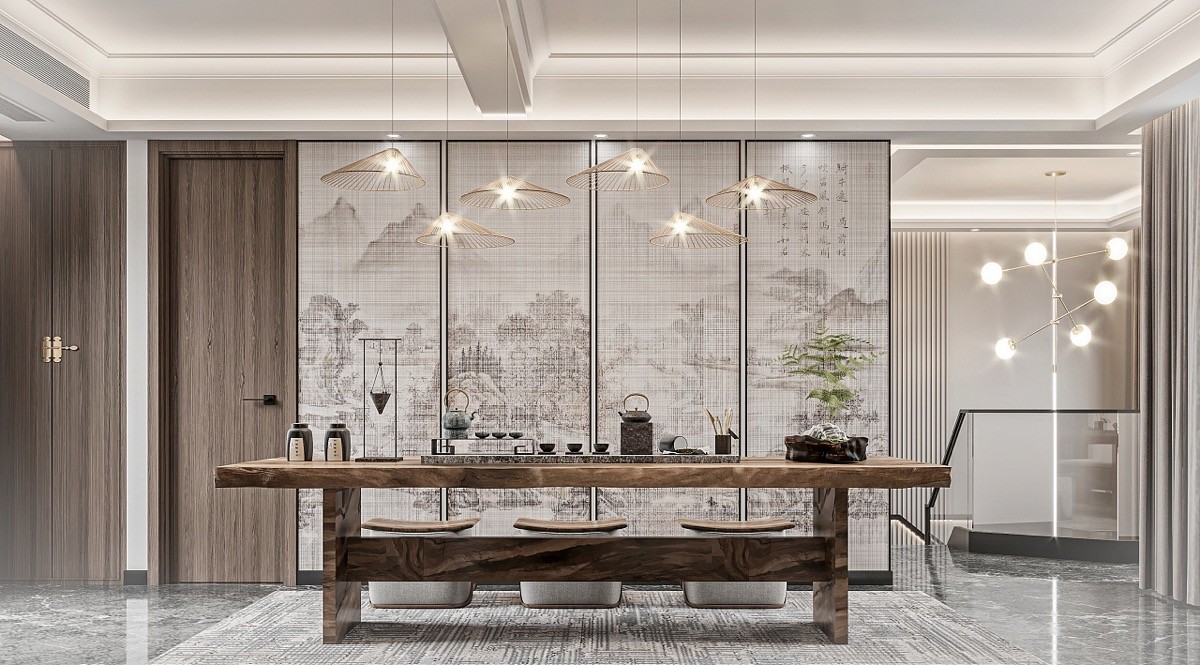
Decorative screens provide an effective, atmospheric visual anchor for an open plan tea area.
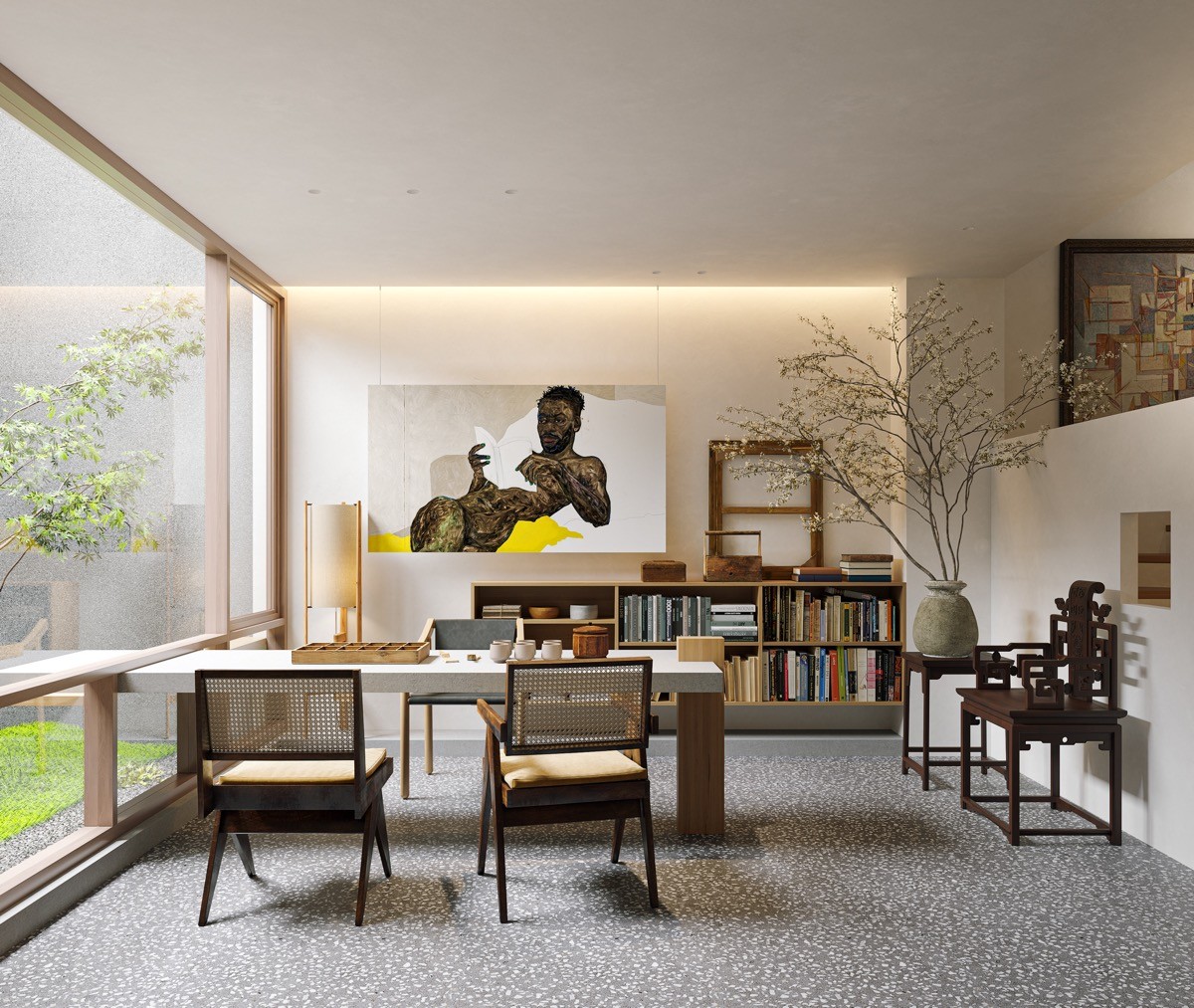
This bespoke tea table appears to pass straight through the window, where it joins with a sun-drenched courtyard.
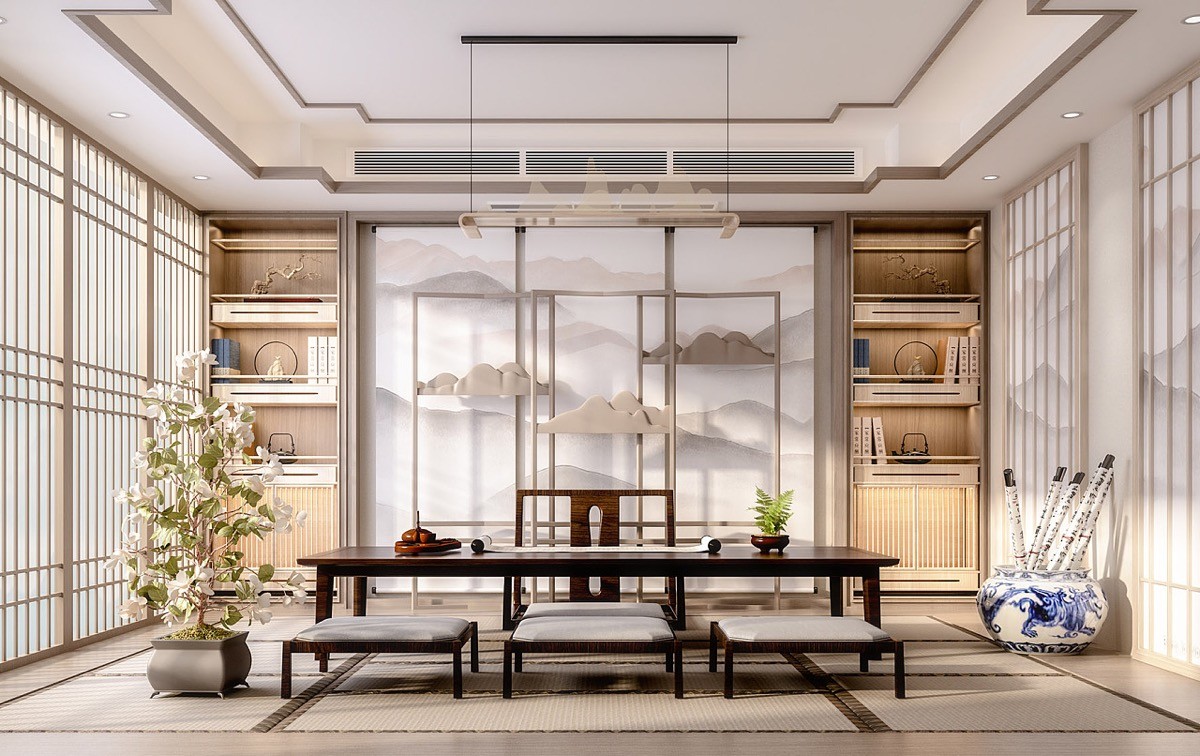
Sculptural clouds pass in front of an artistic mountain range in this unique and dreamy tea room decor scheme.
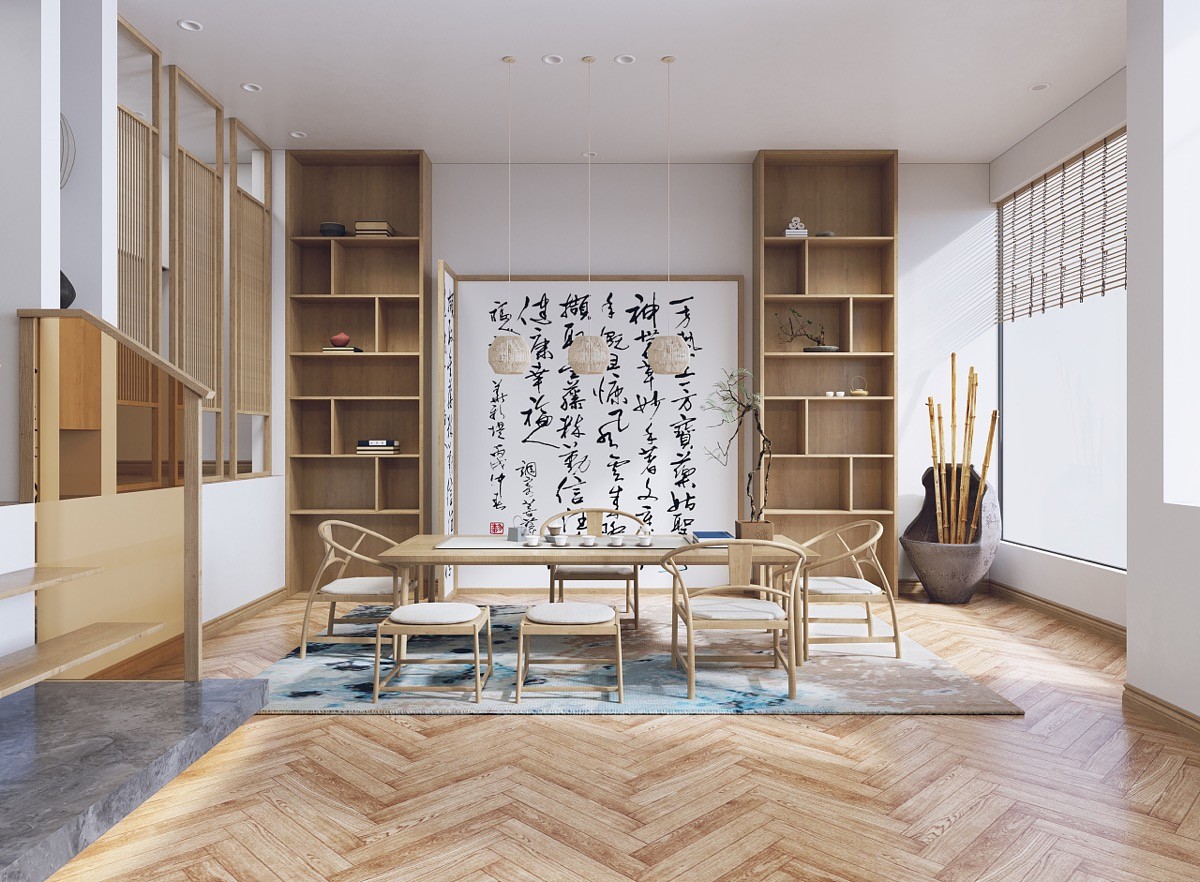
A large example of calligraphy adorns and zones this open plan tea room from the rest of the airy living space. Tall shelving units are accessorised very simply so as not to compromise the tranquillity of the setting.
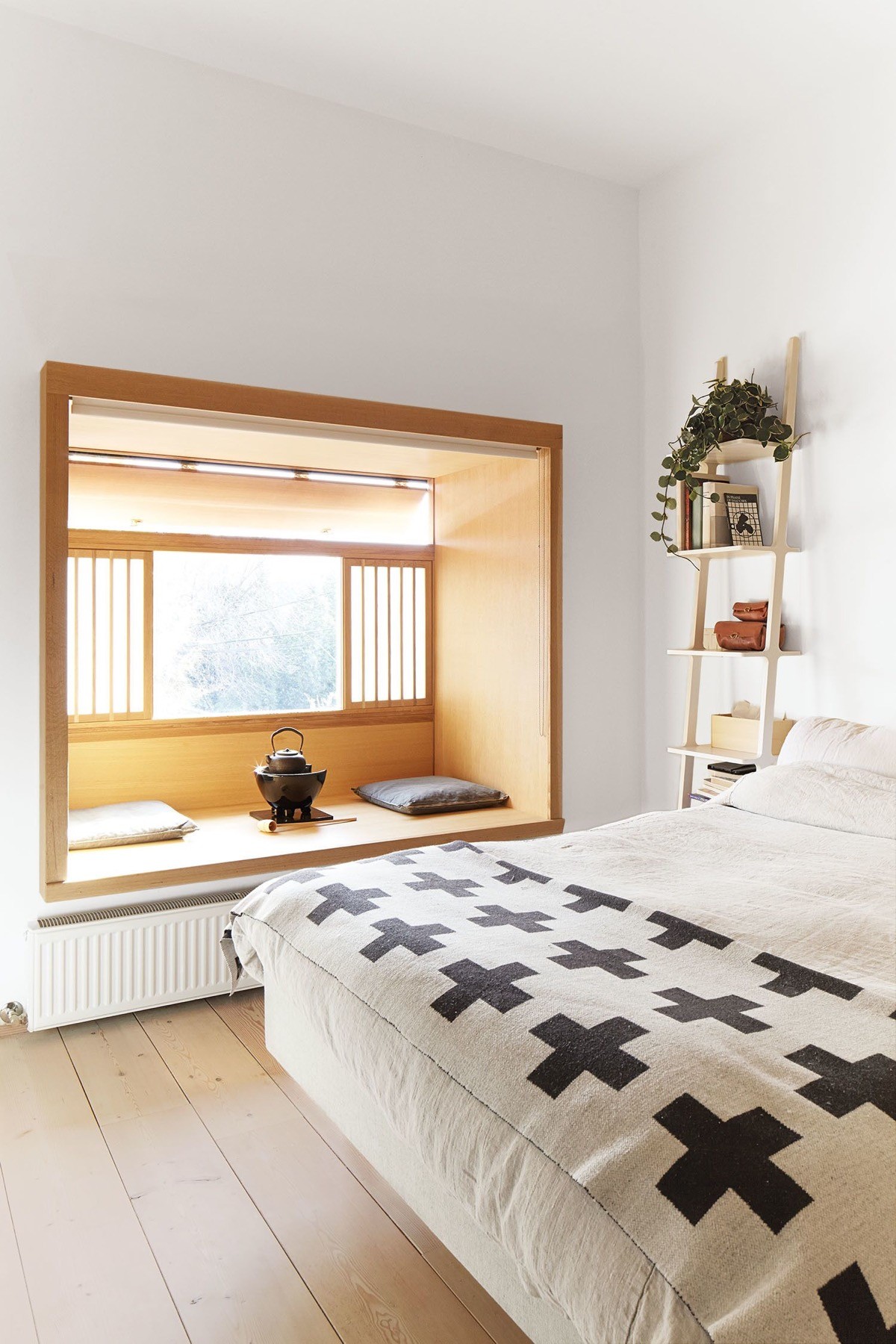
No space for a dedicated tea room? No problem. Even a wood-clad window seat can make an elegant setting for ceremonial tea serving.
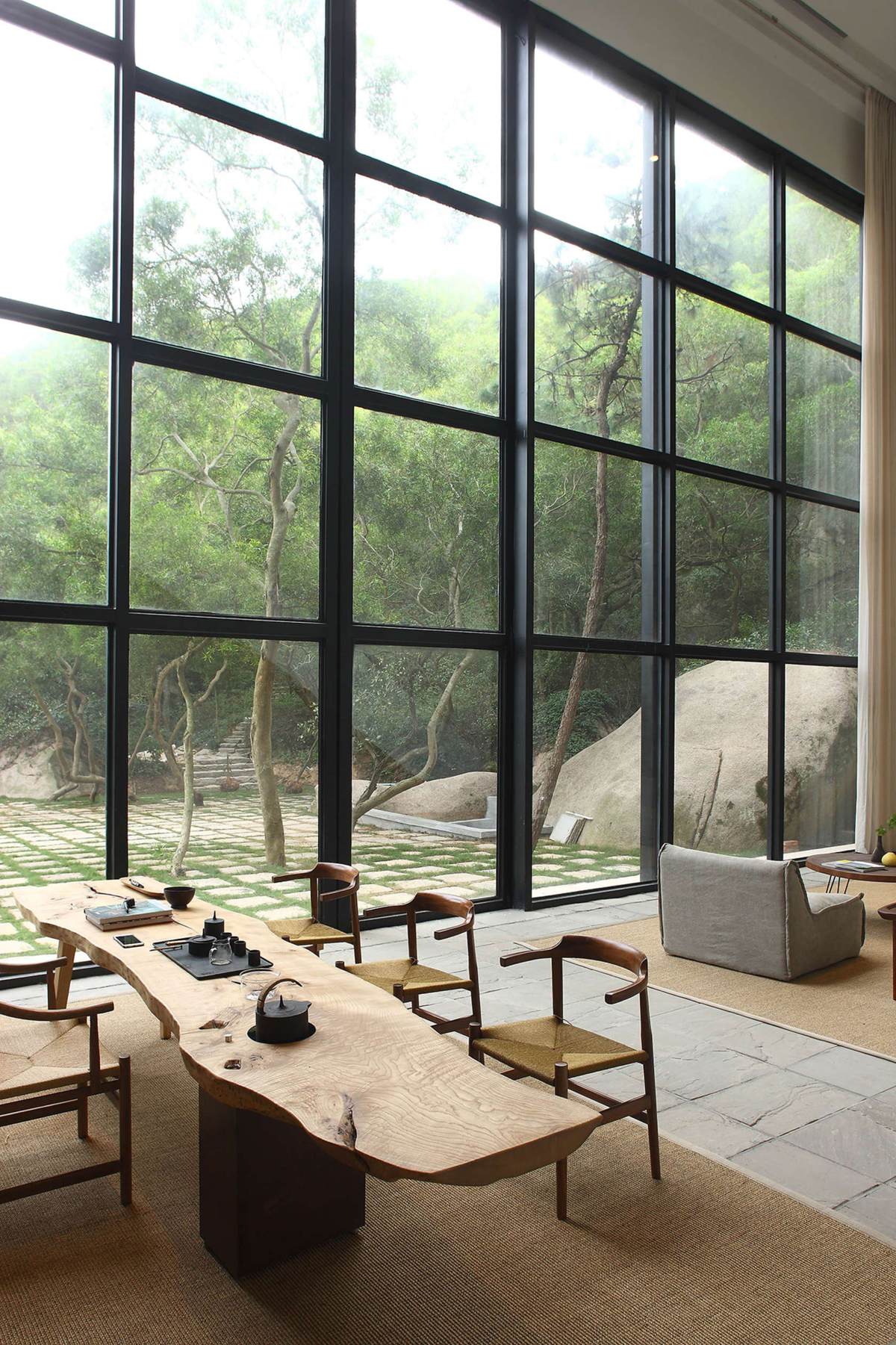
A live edge table lends itself wonderfully to the tradition steeped practice of tea brewing, serving and enjoyment.
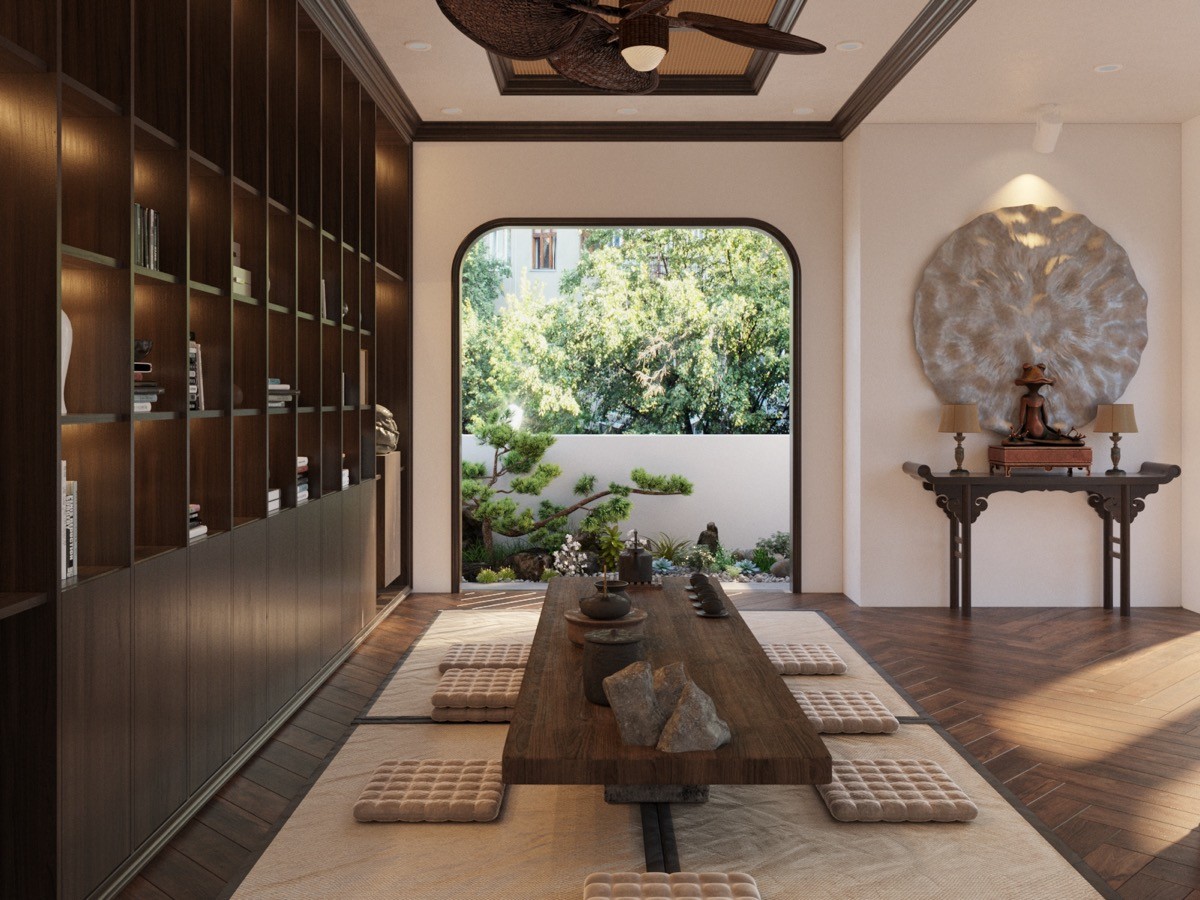
An arched window at the end of a long tea table creates a magical vista.
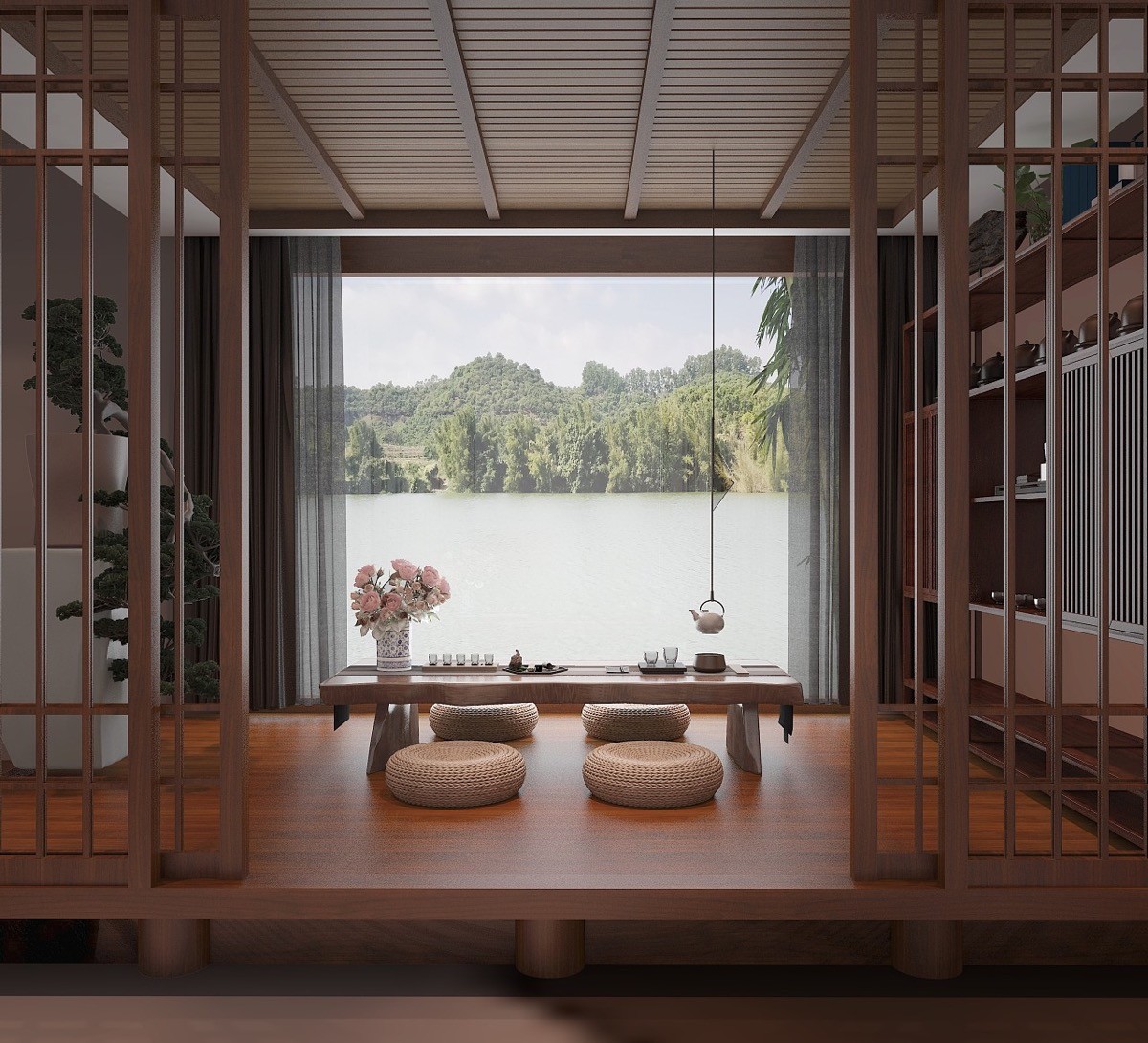
Paperless shoji screens keep this tea room connected with the neighbouring living space, and allow the fabulous view to be shared throughout.
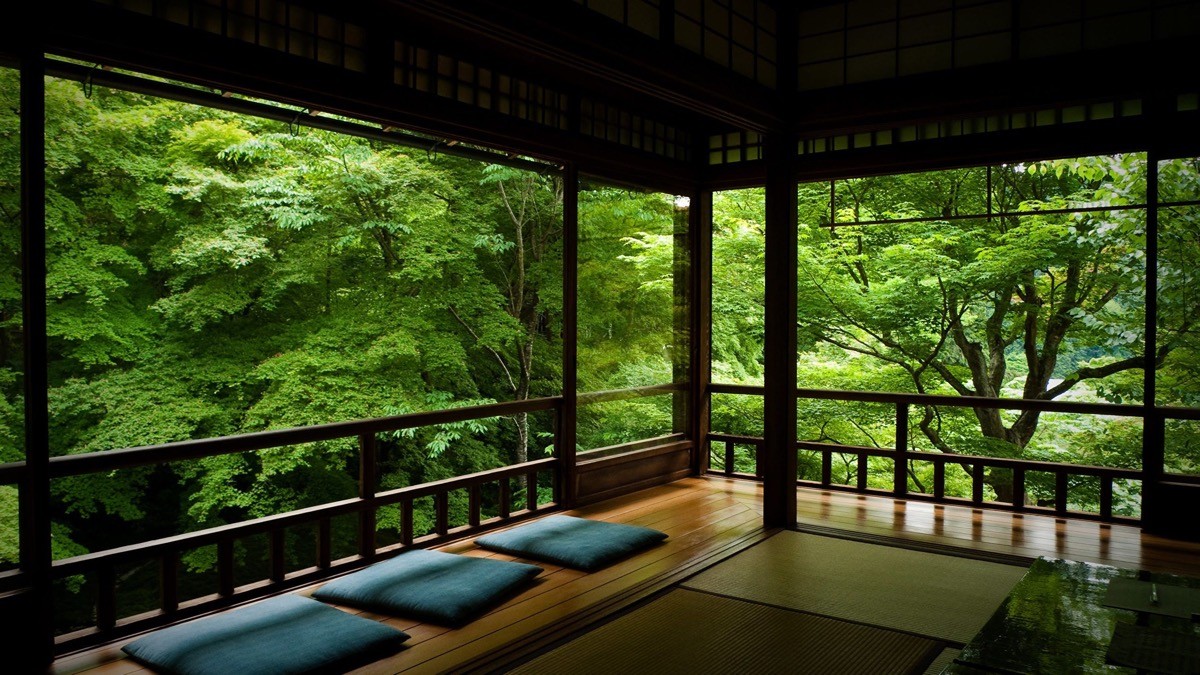
This beautiful balcony in Rurikō-in temple makes a meditative tea room.
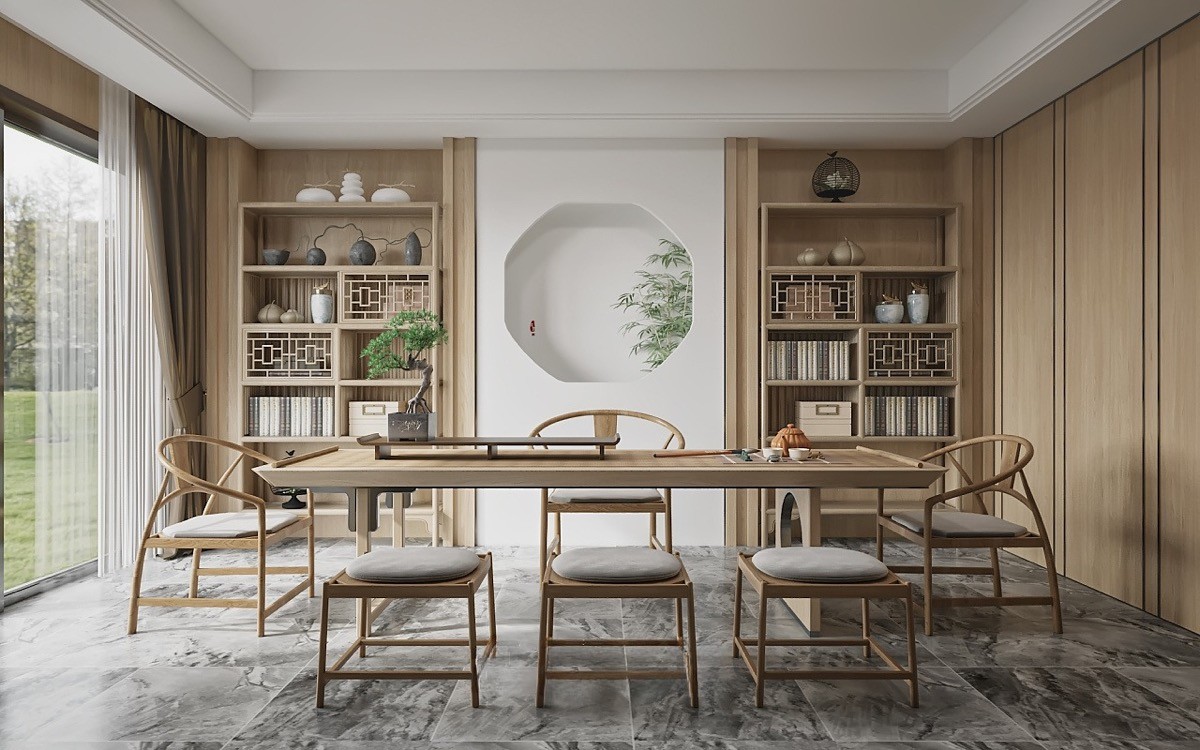
Muxarabi screens amuse the eye with uniform pattern.
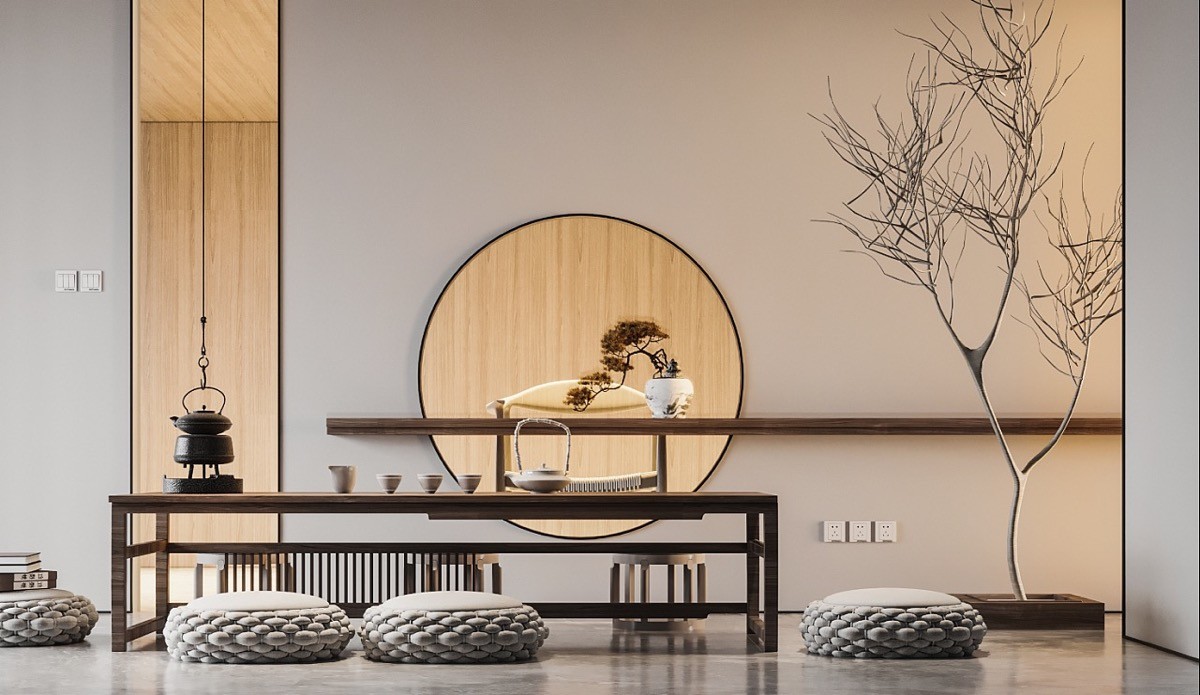
Chunkily woven floor cushions add a contemporary trend into the mix.
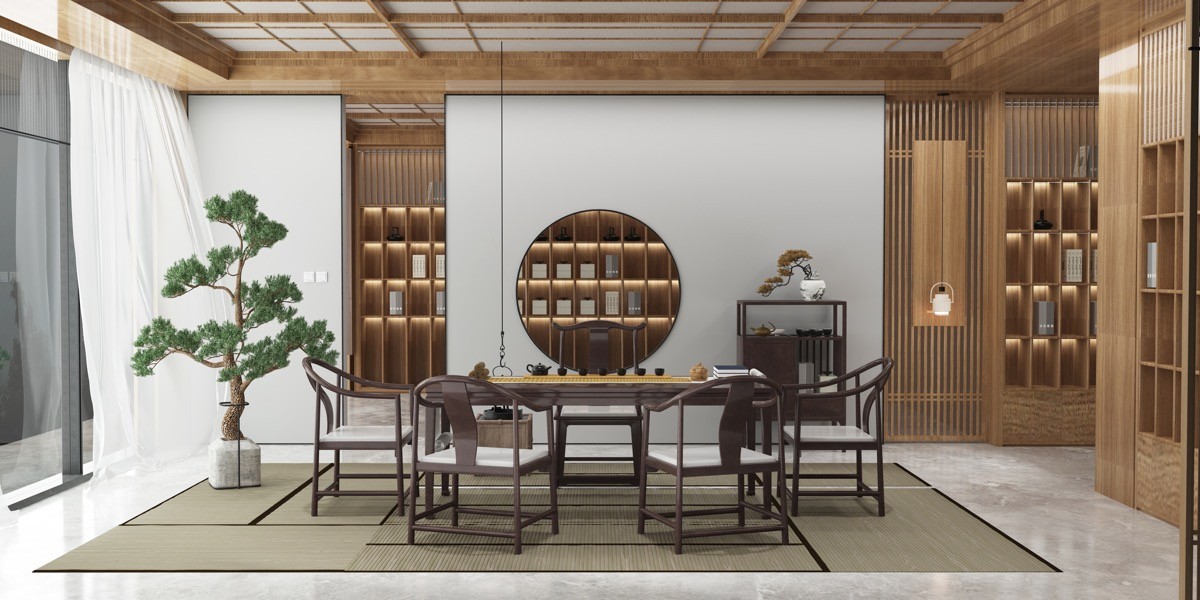
A portal cutout window offers a sneaky peek into the impressively varied contents of a large tea pantry behind this tea table set. A large Bonsai tree stands majestically in the window.
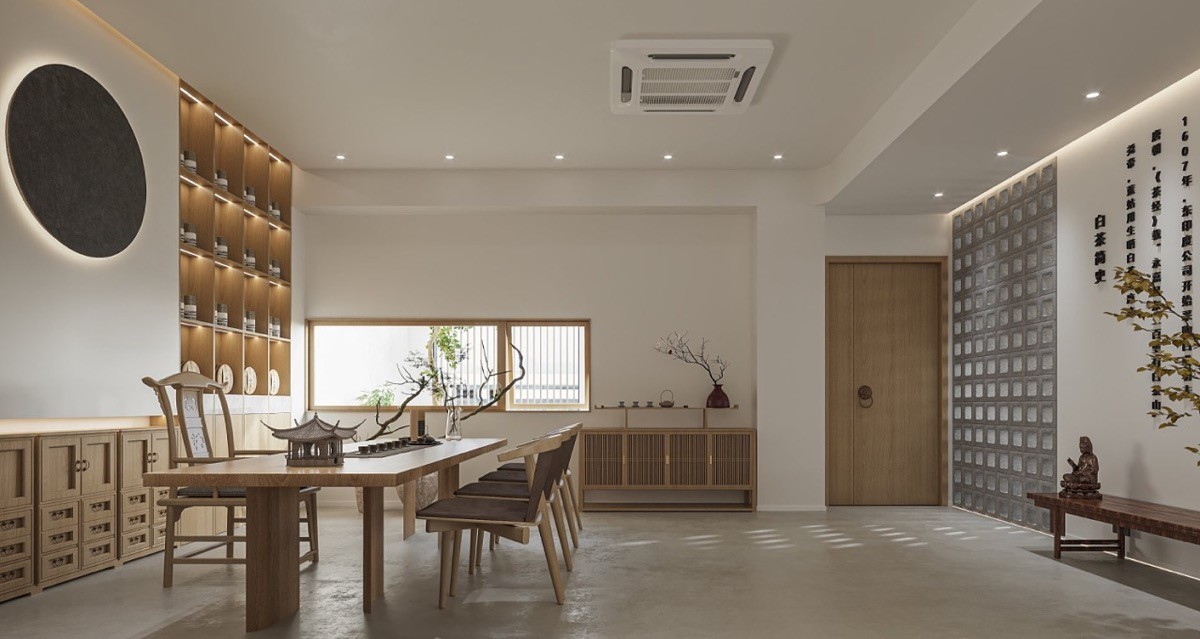
Display Chinese architectural models to celebrate the origin of tea. A glass brick wall echoes the lattice aesthetic of a Shoji door, whilst letting through a more intense level of light.
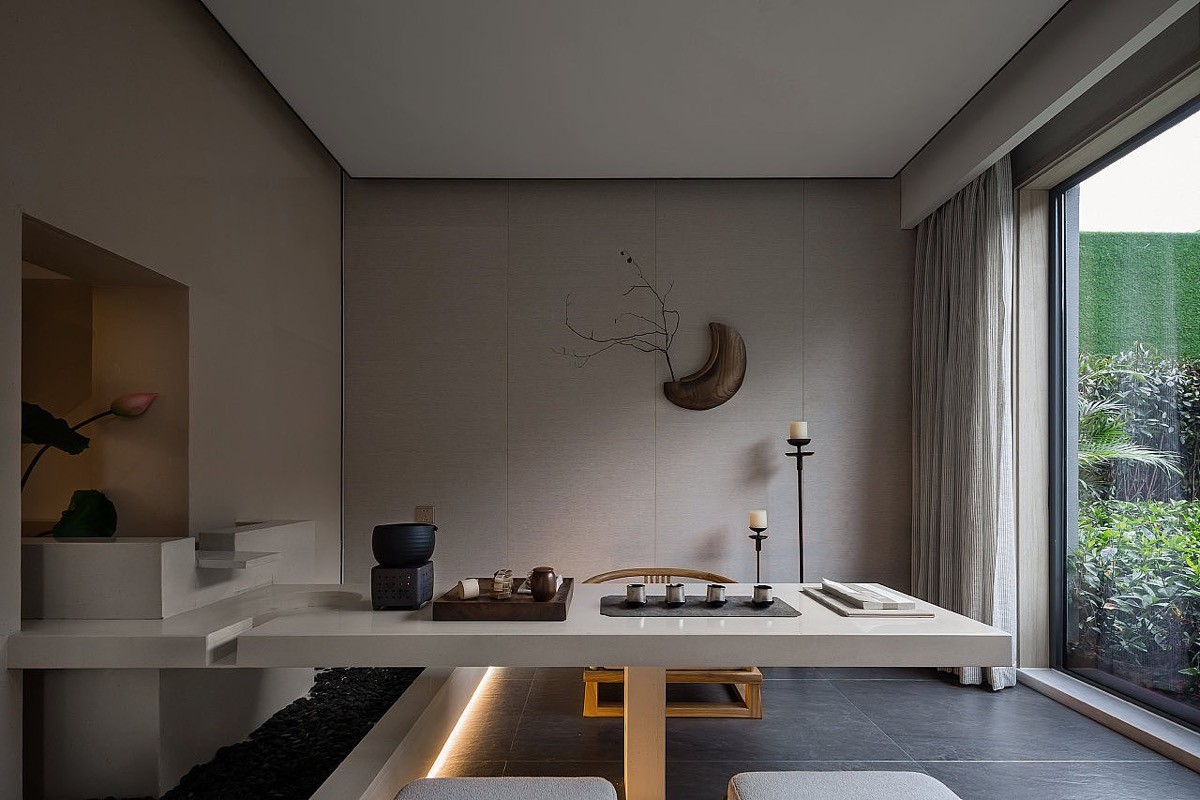
Floor-level perimeter lighting will style the space as special yet modest.
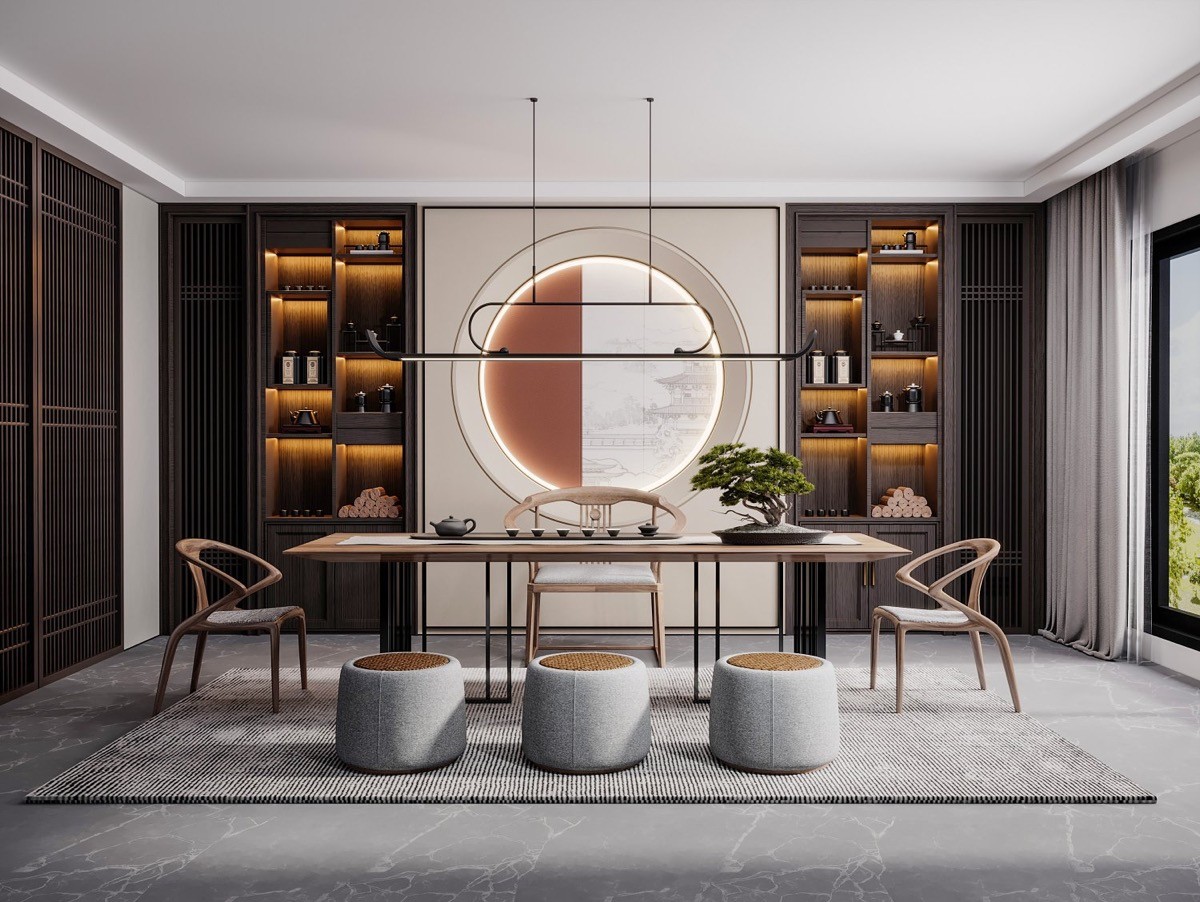
In another nod to Chinese architecture, this Chinese tea room features a circular vignette of an architectural drawing as the focal point of the room. At either side of the specially commissioned piece, built-in illuminated shelving units showcase a selection of special teas and tea brewing vessels.
